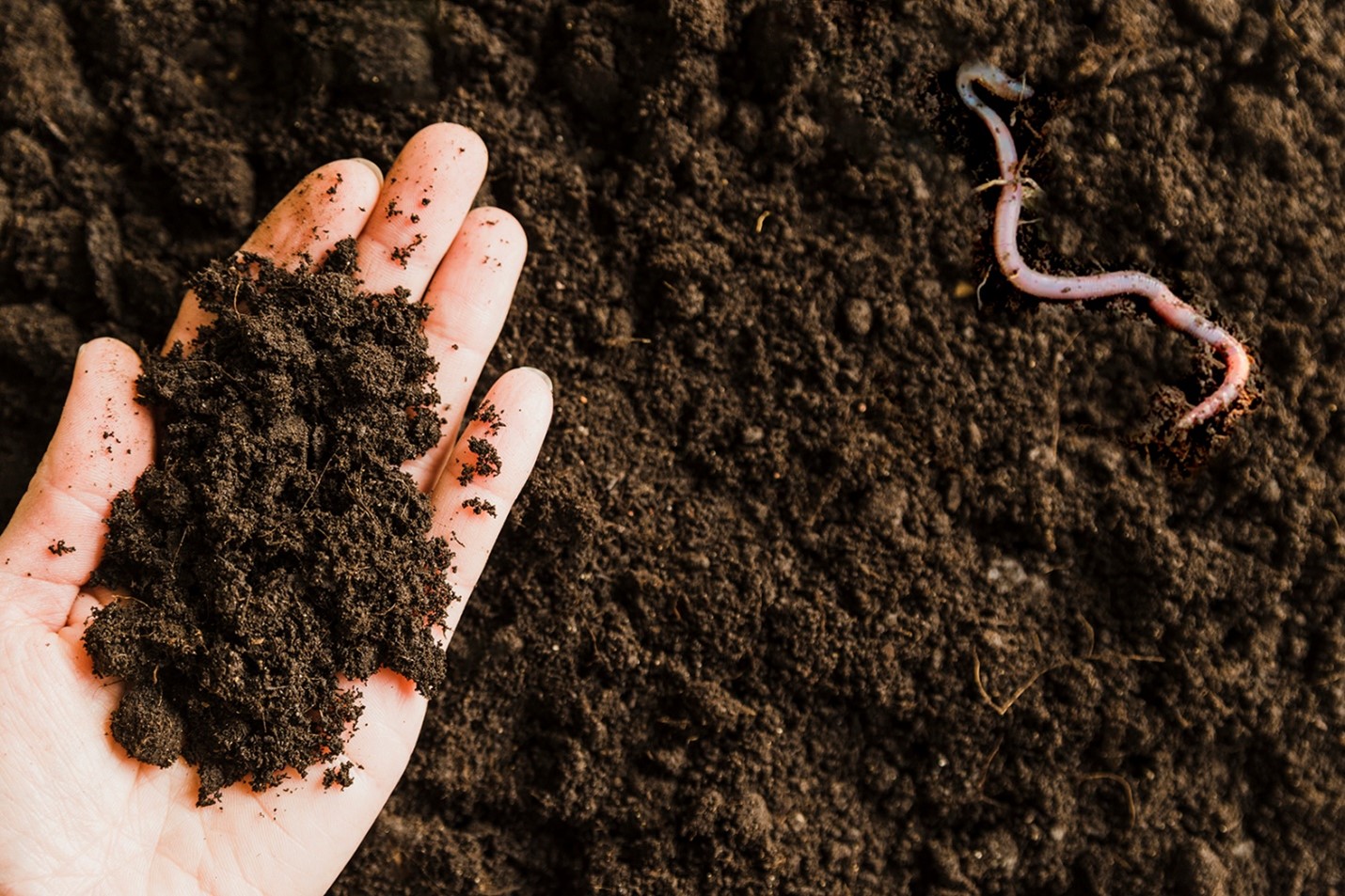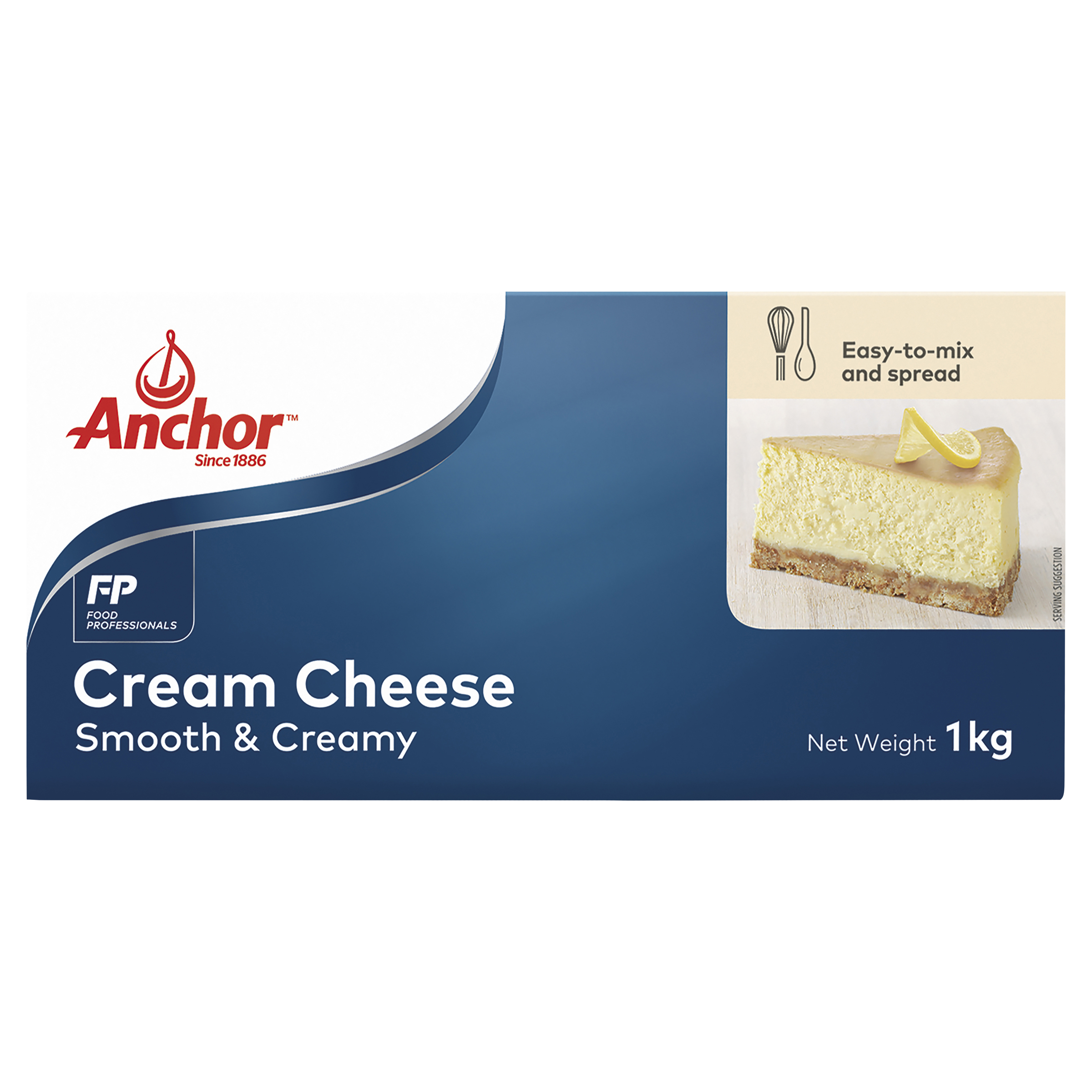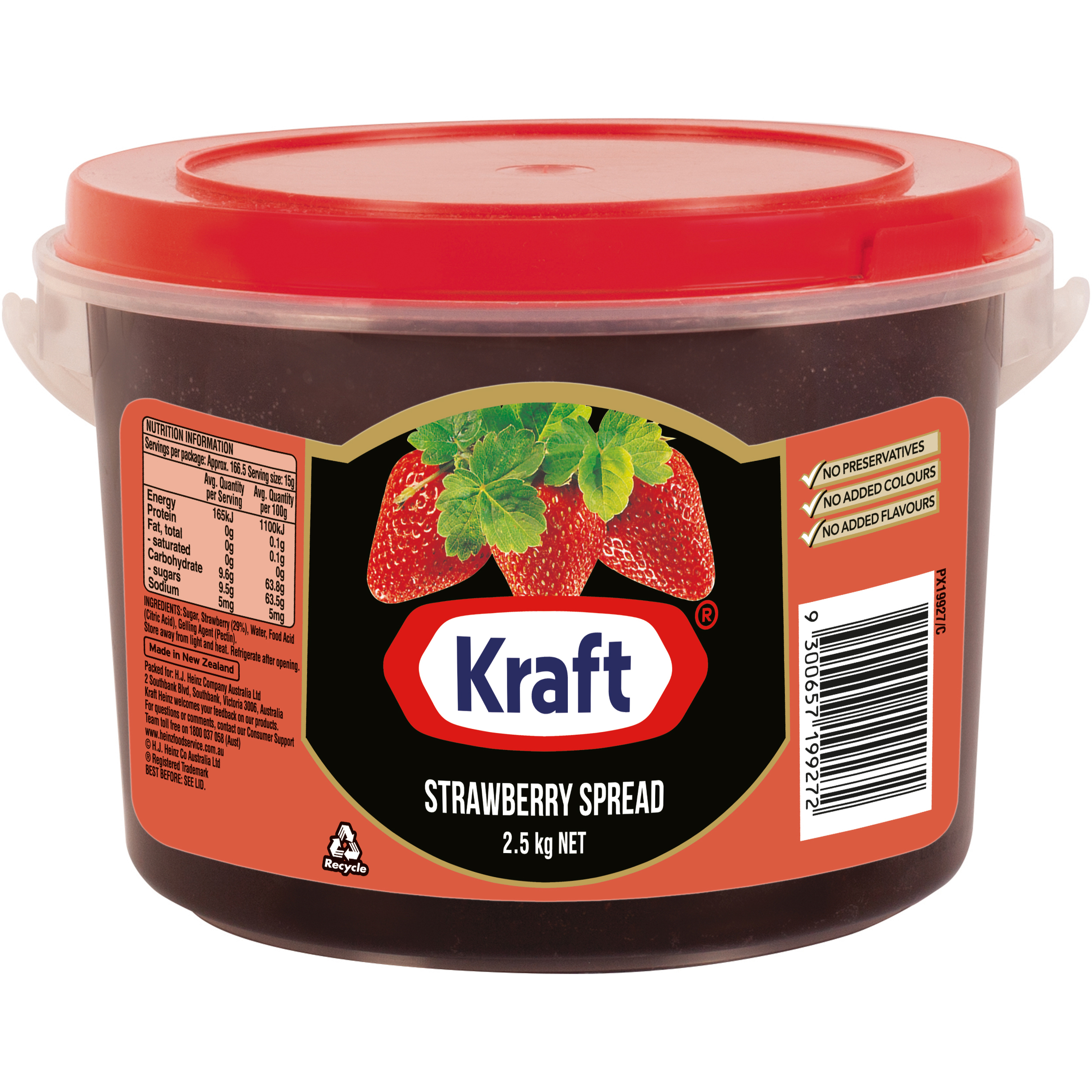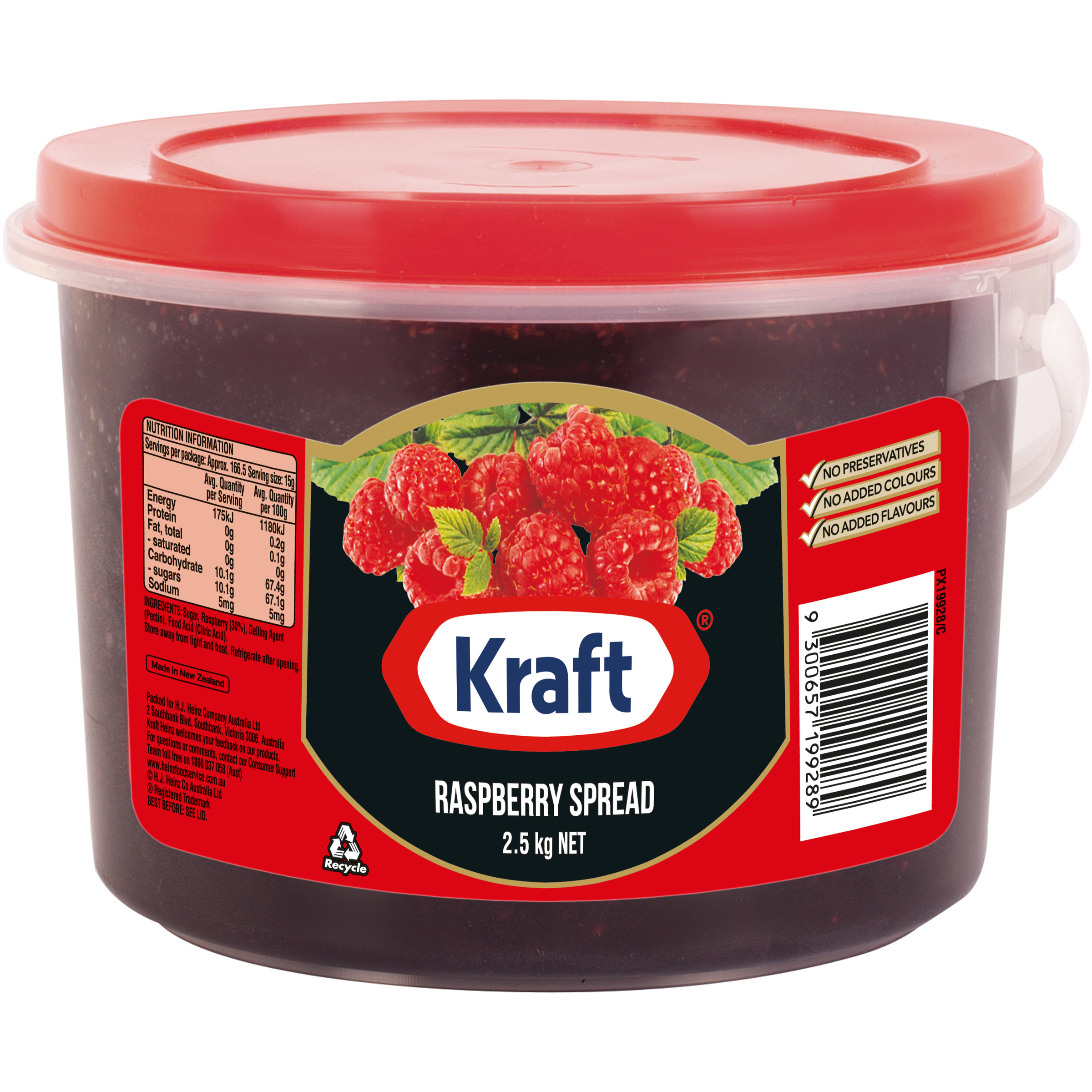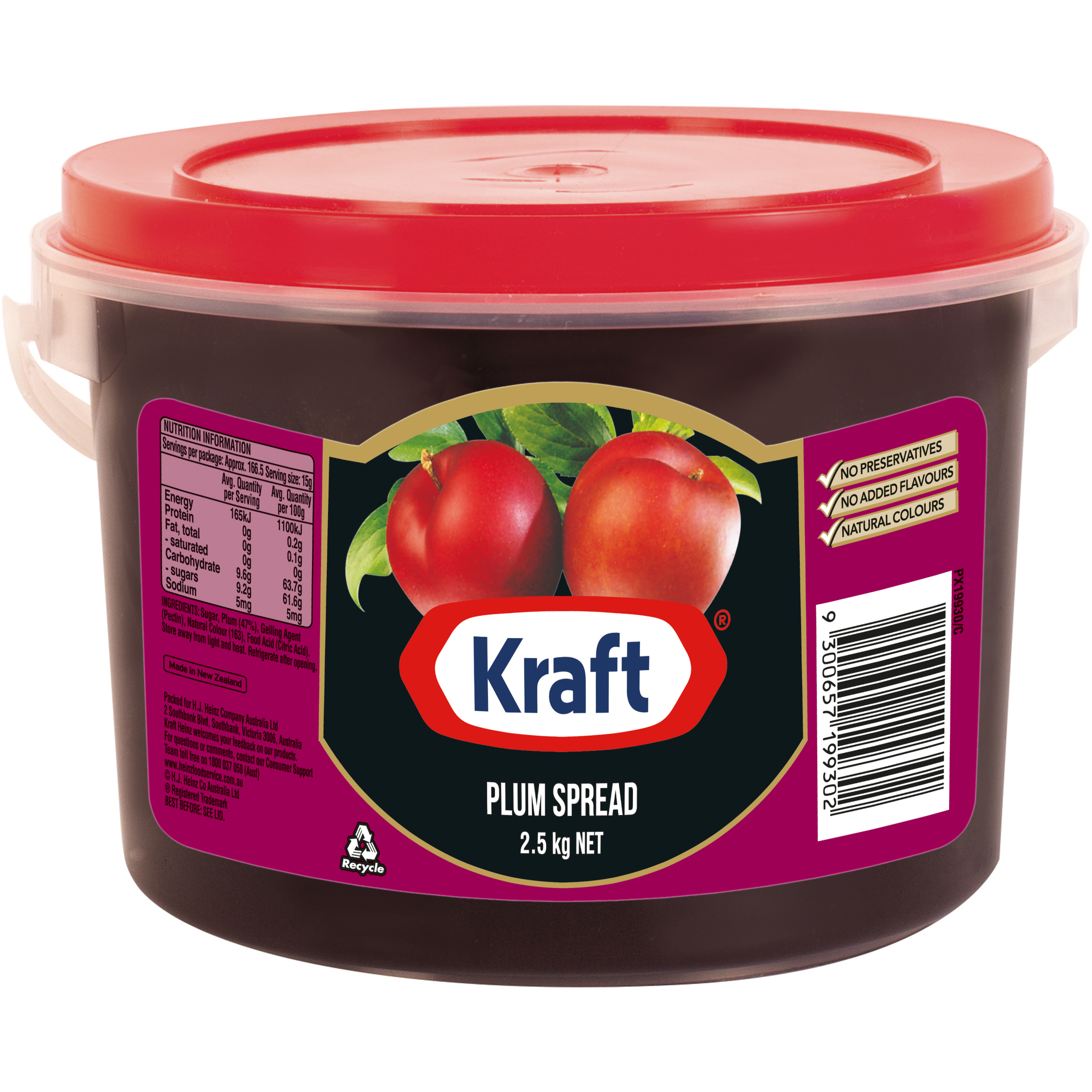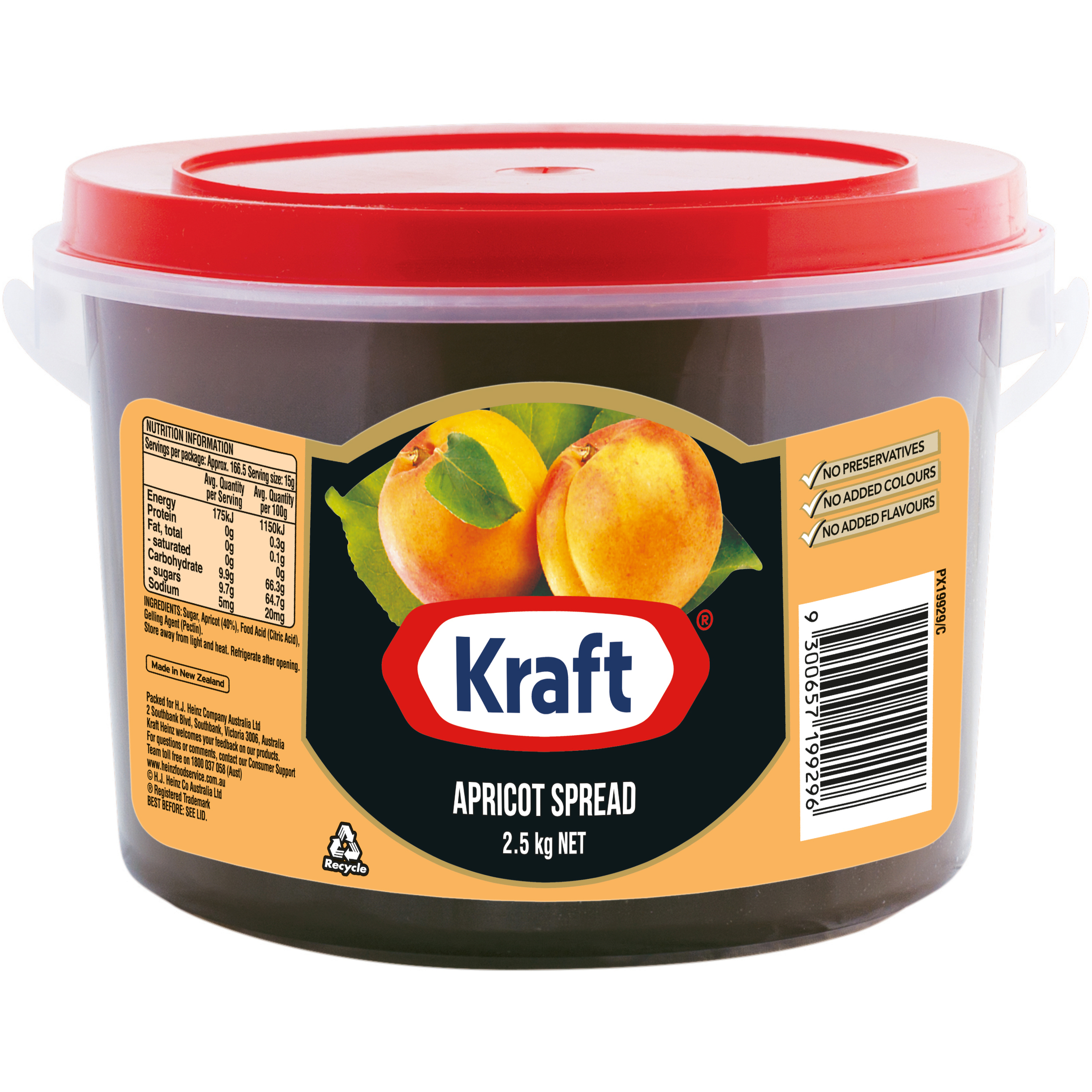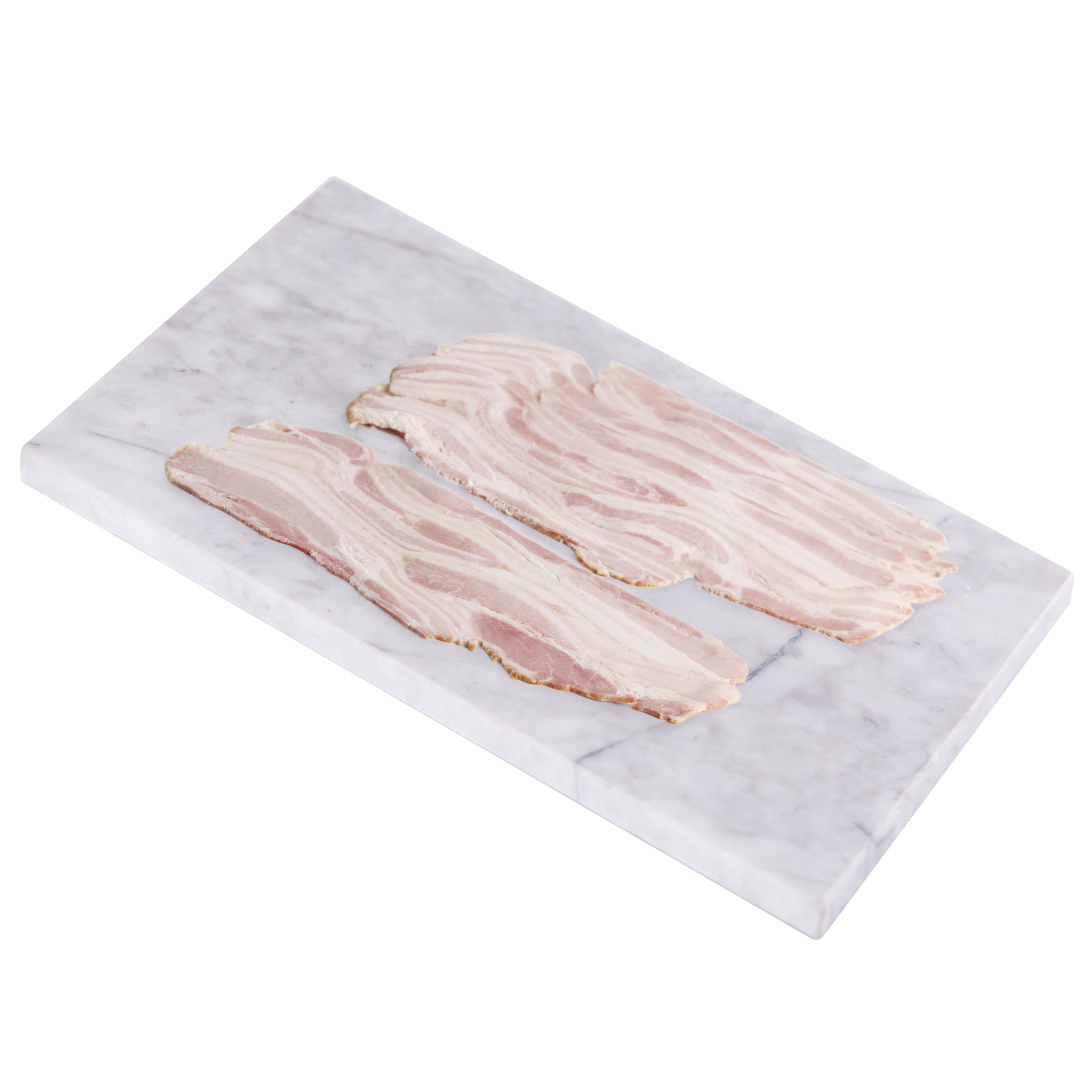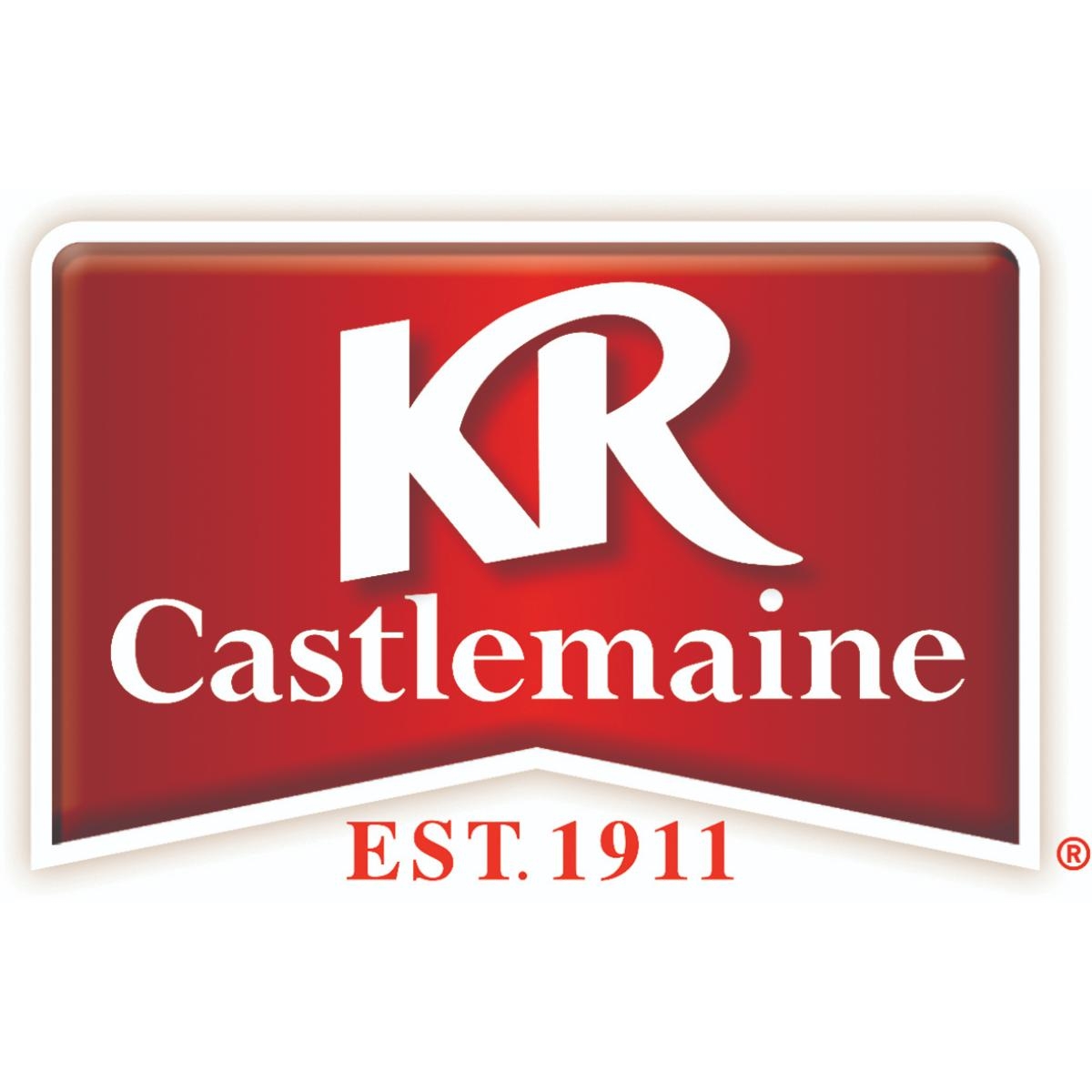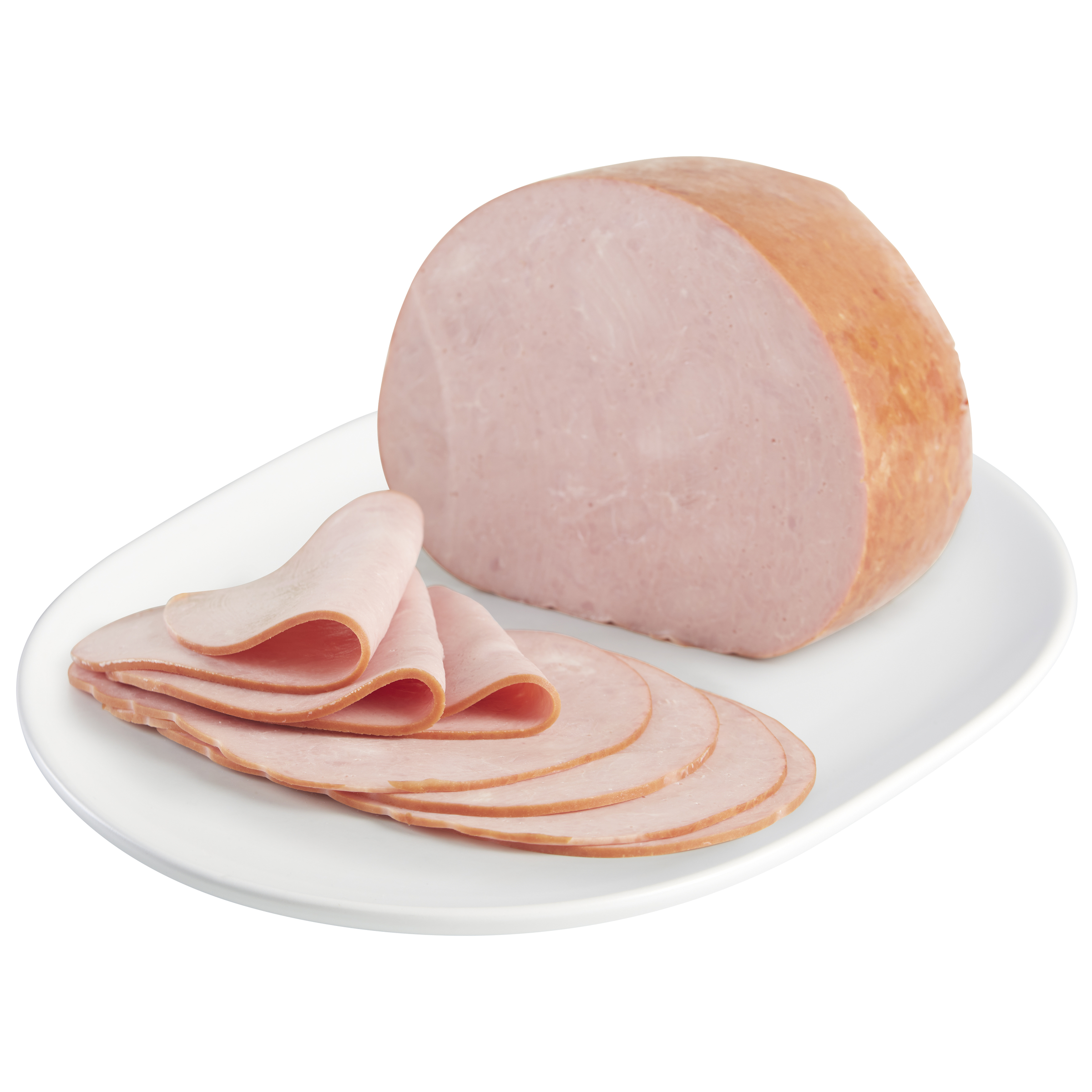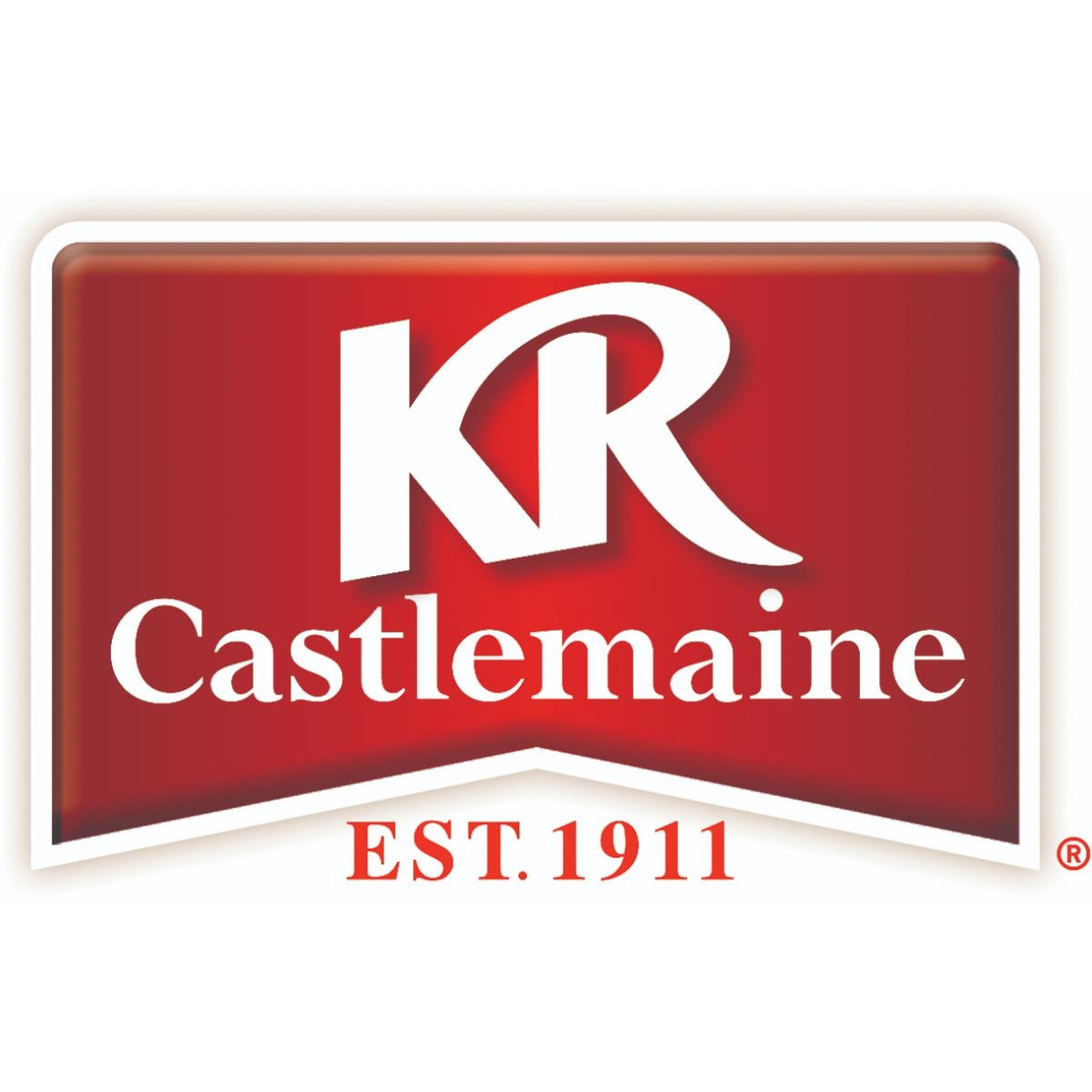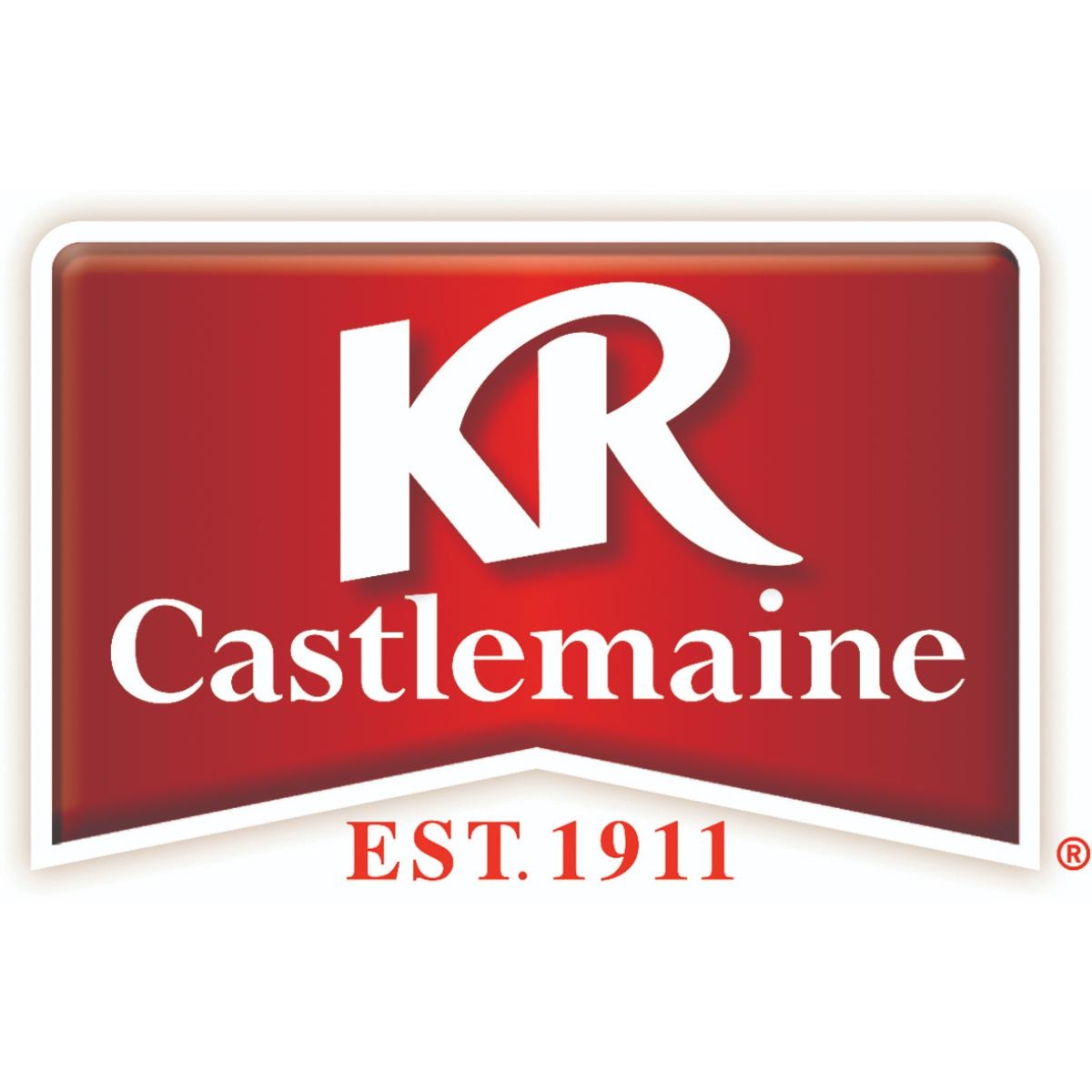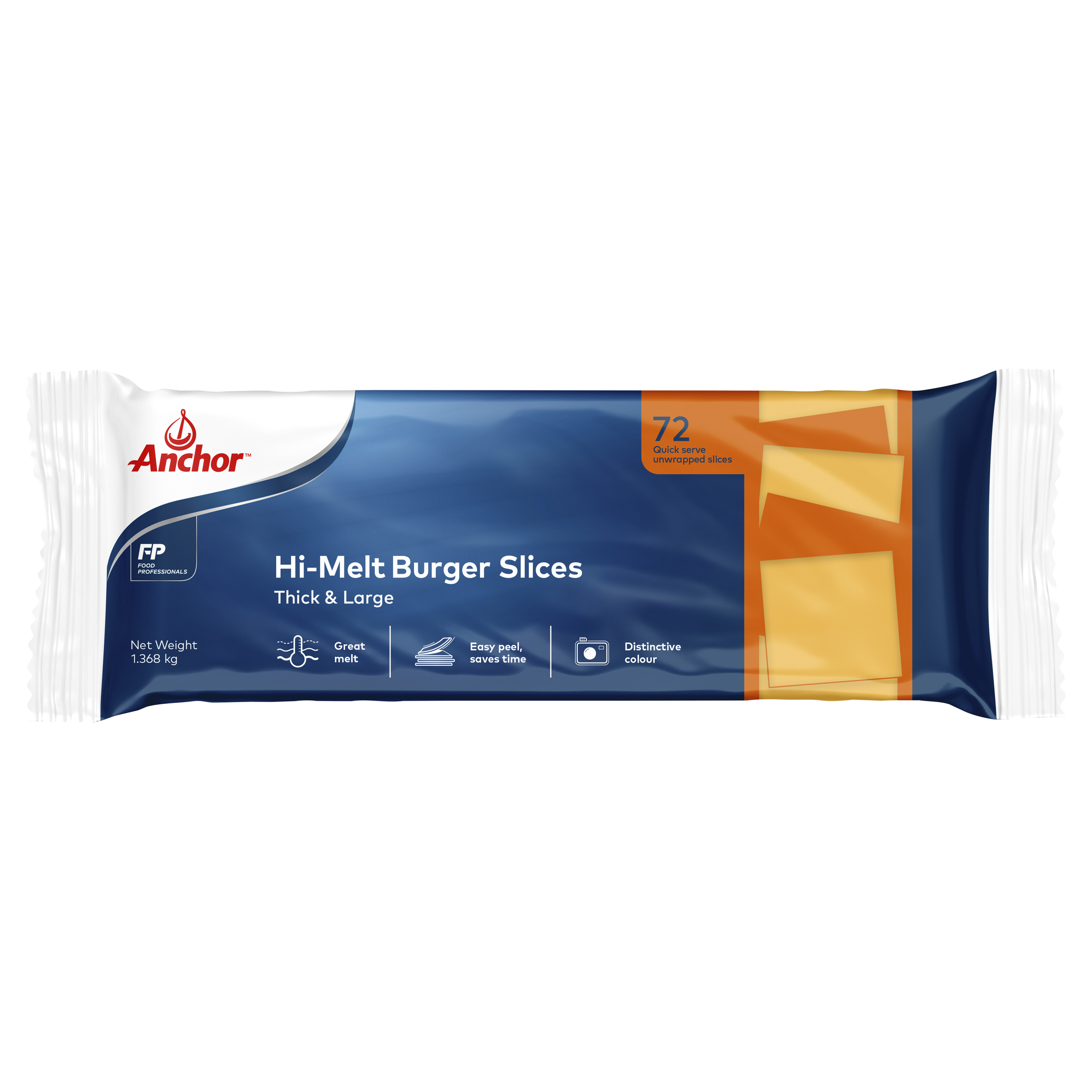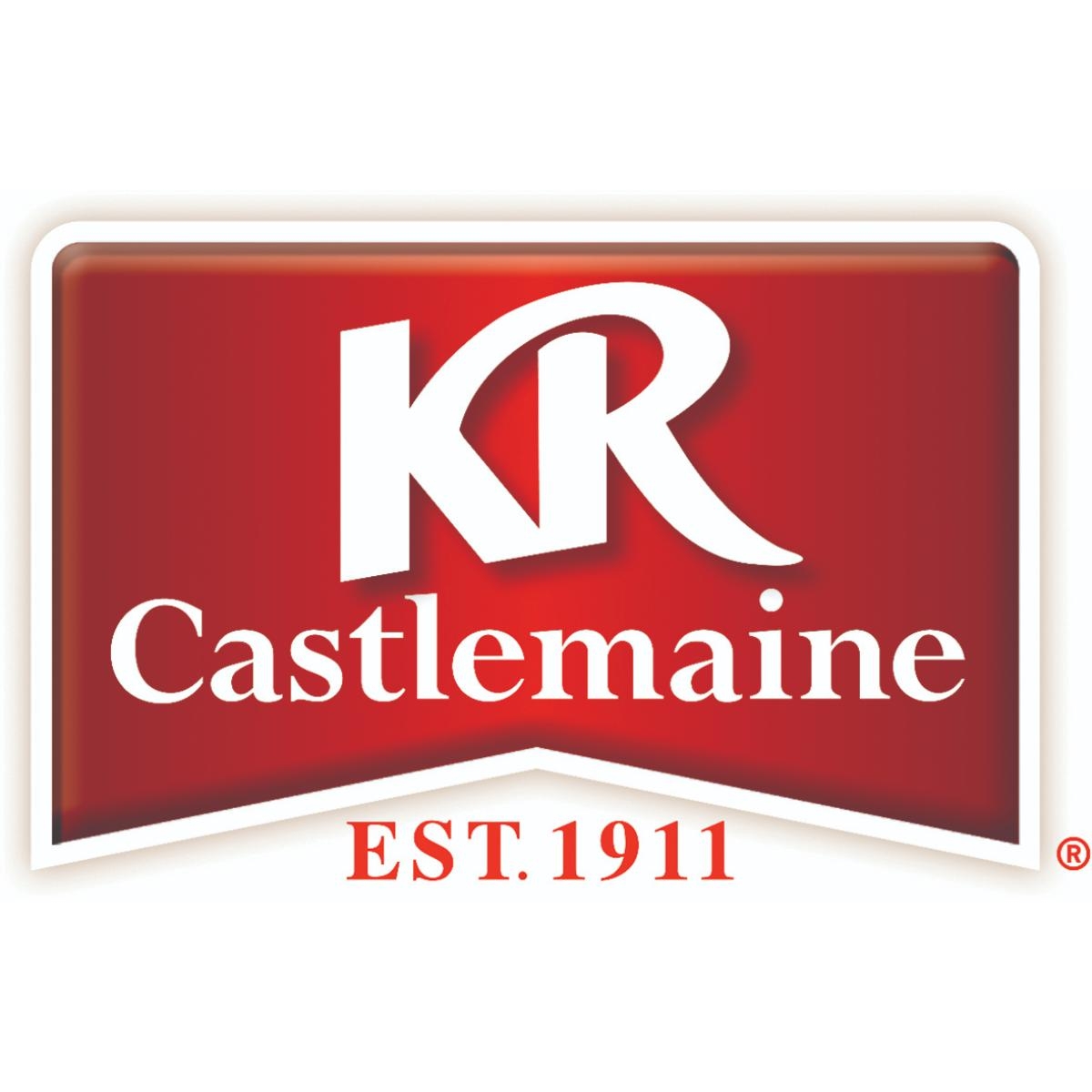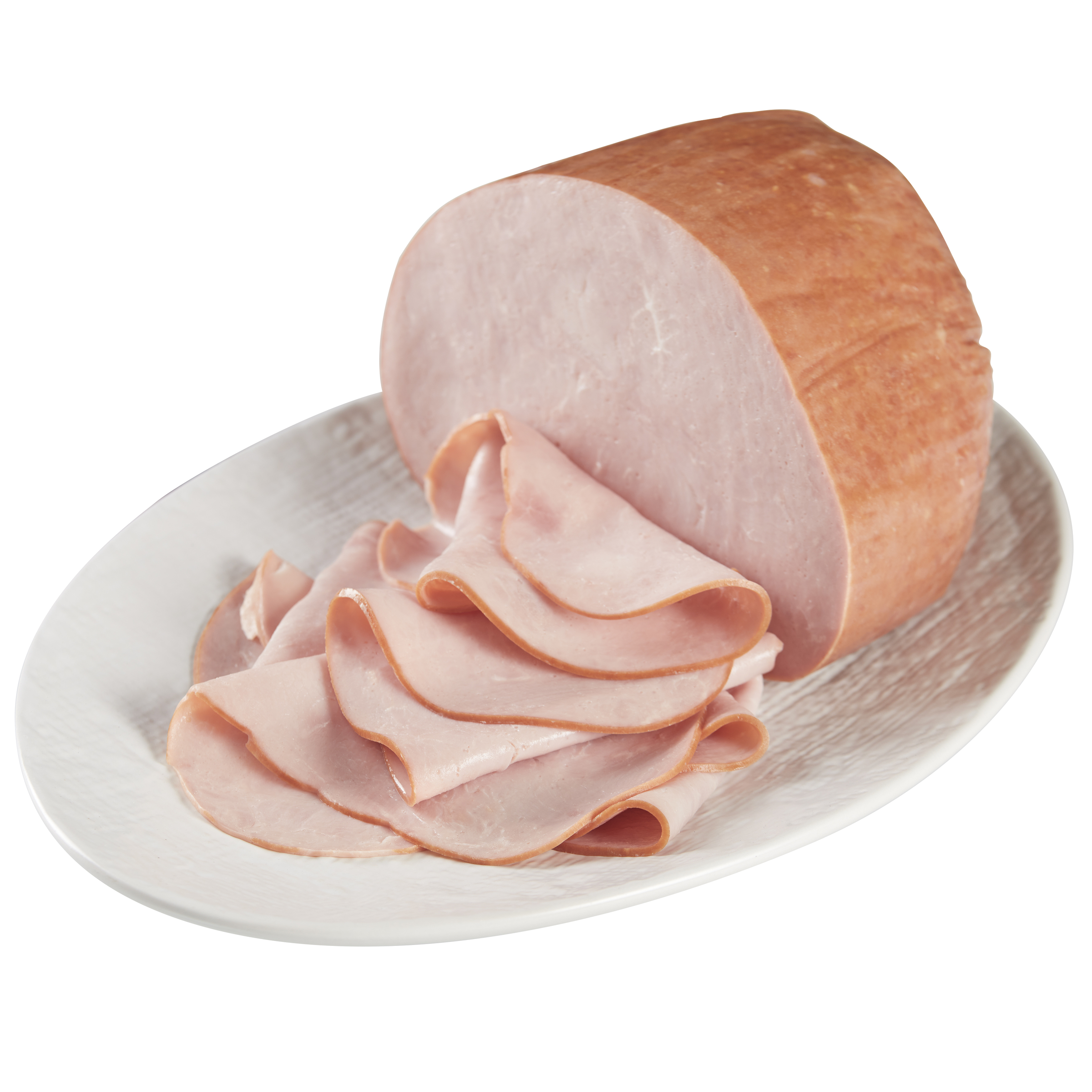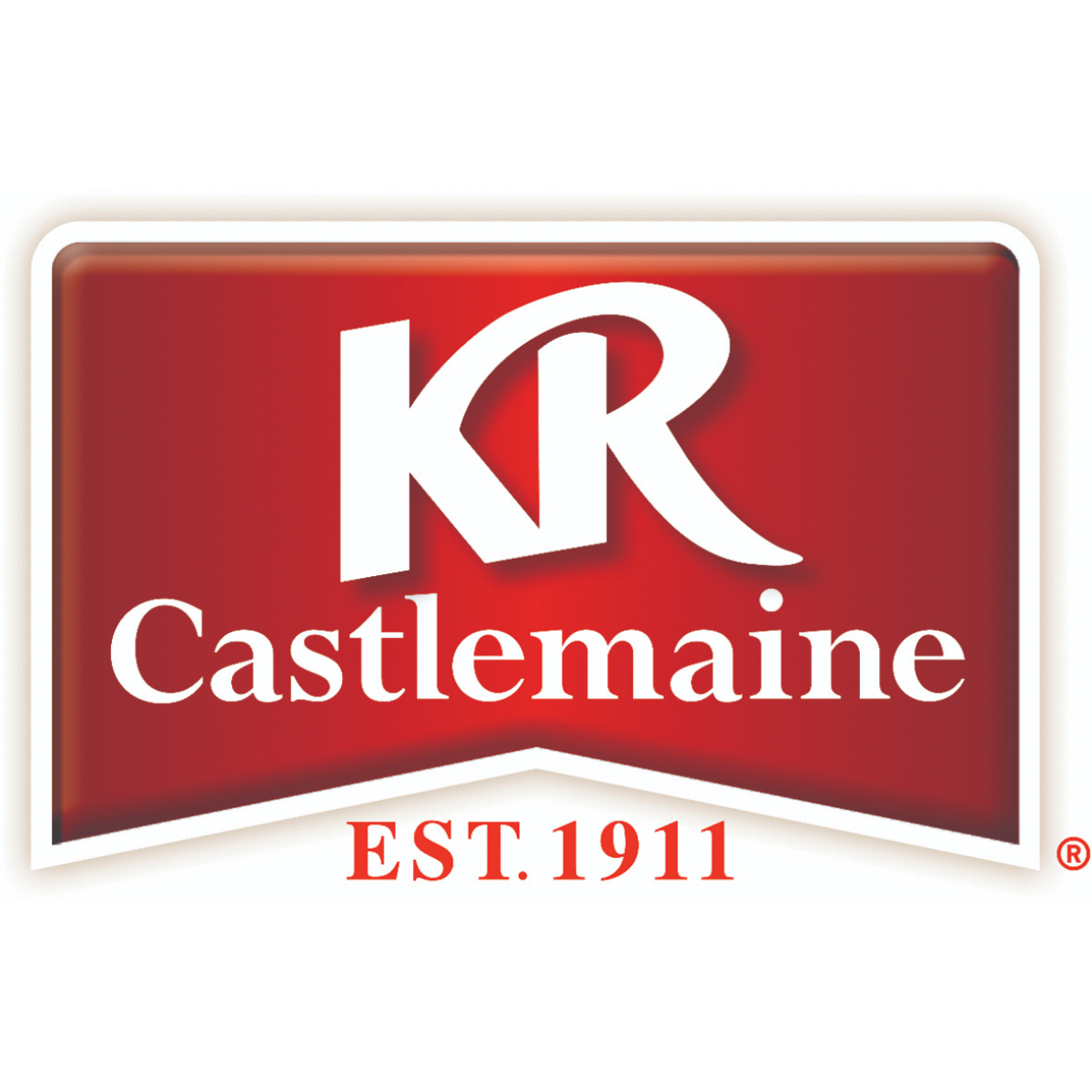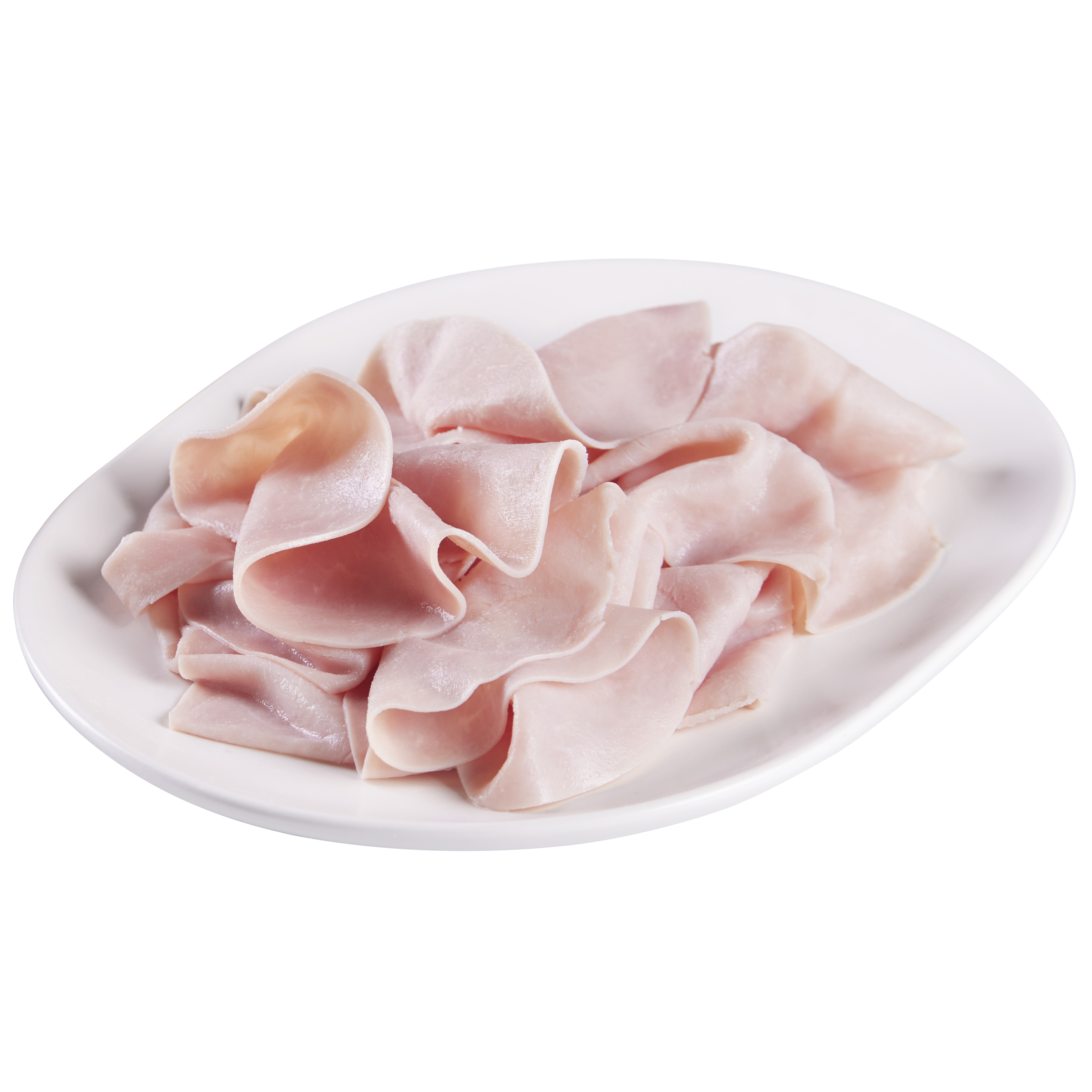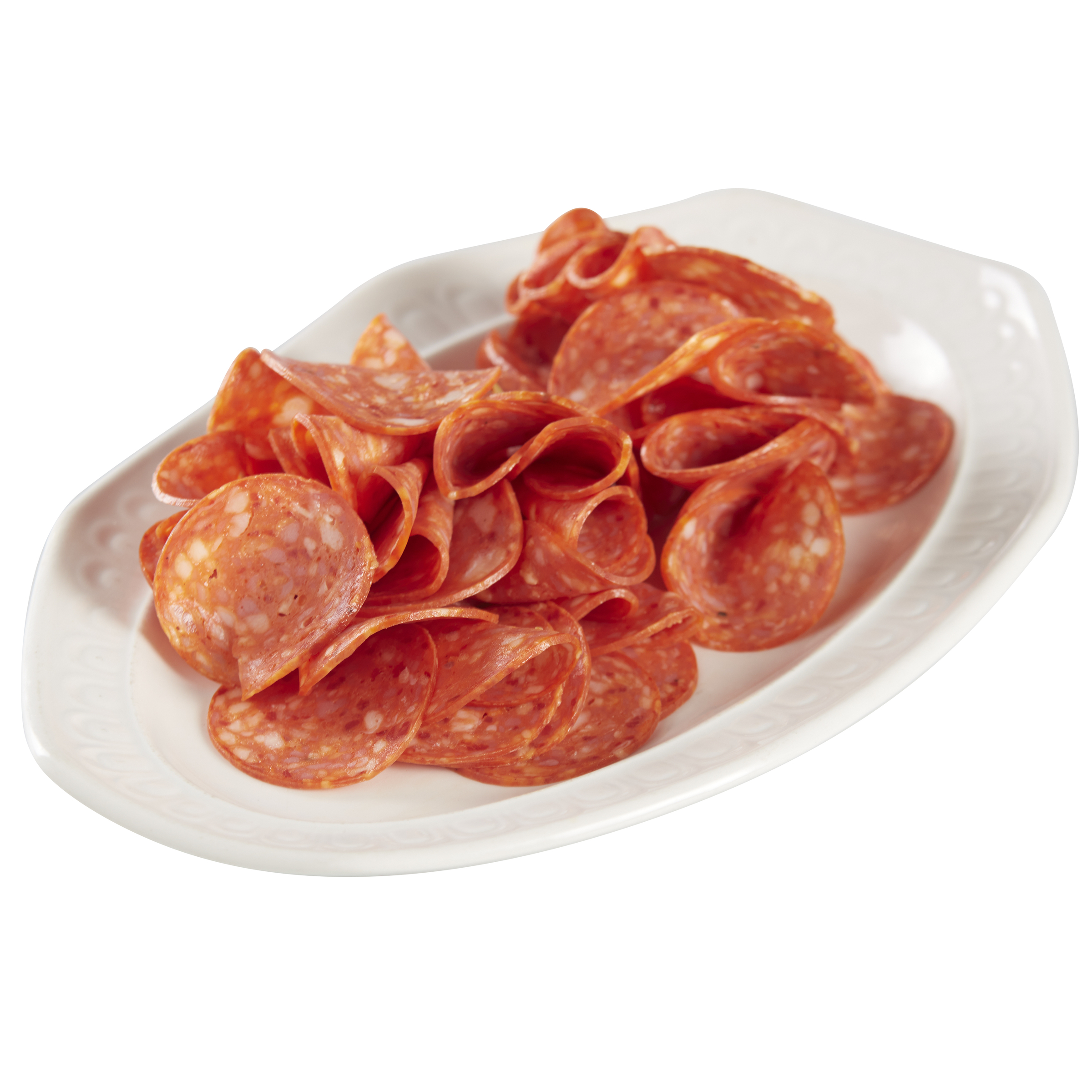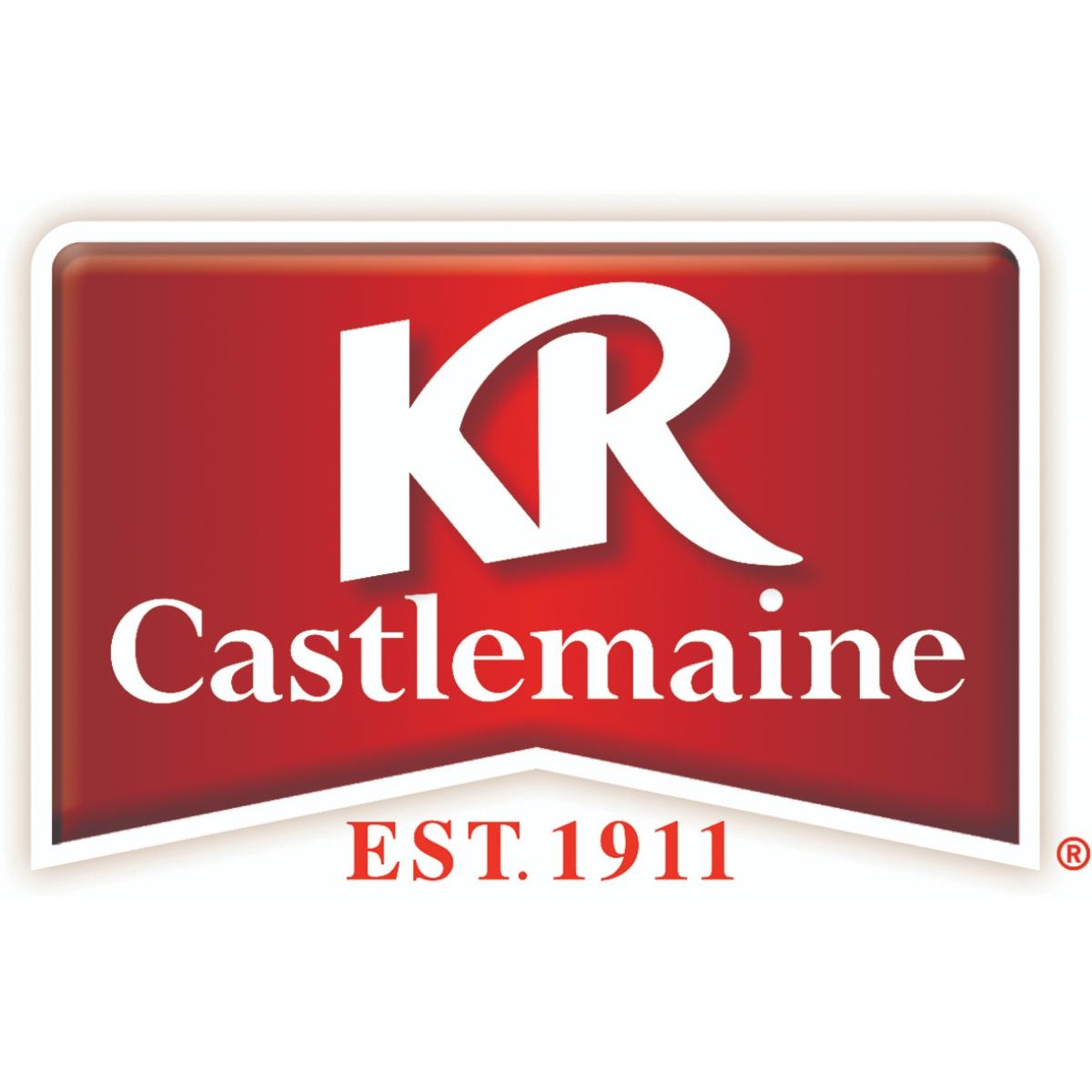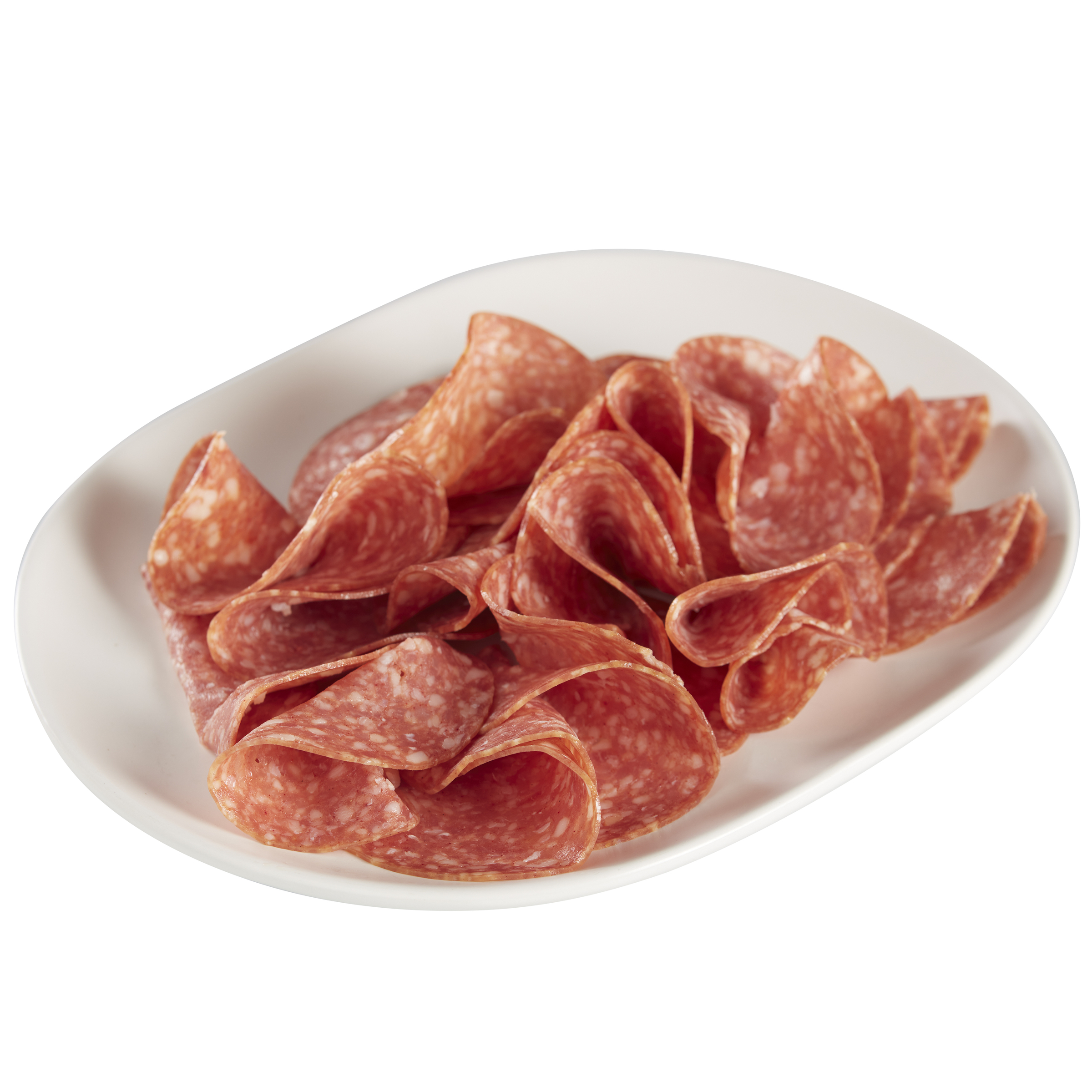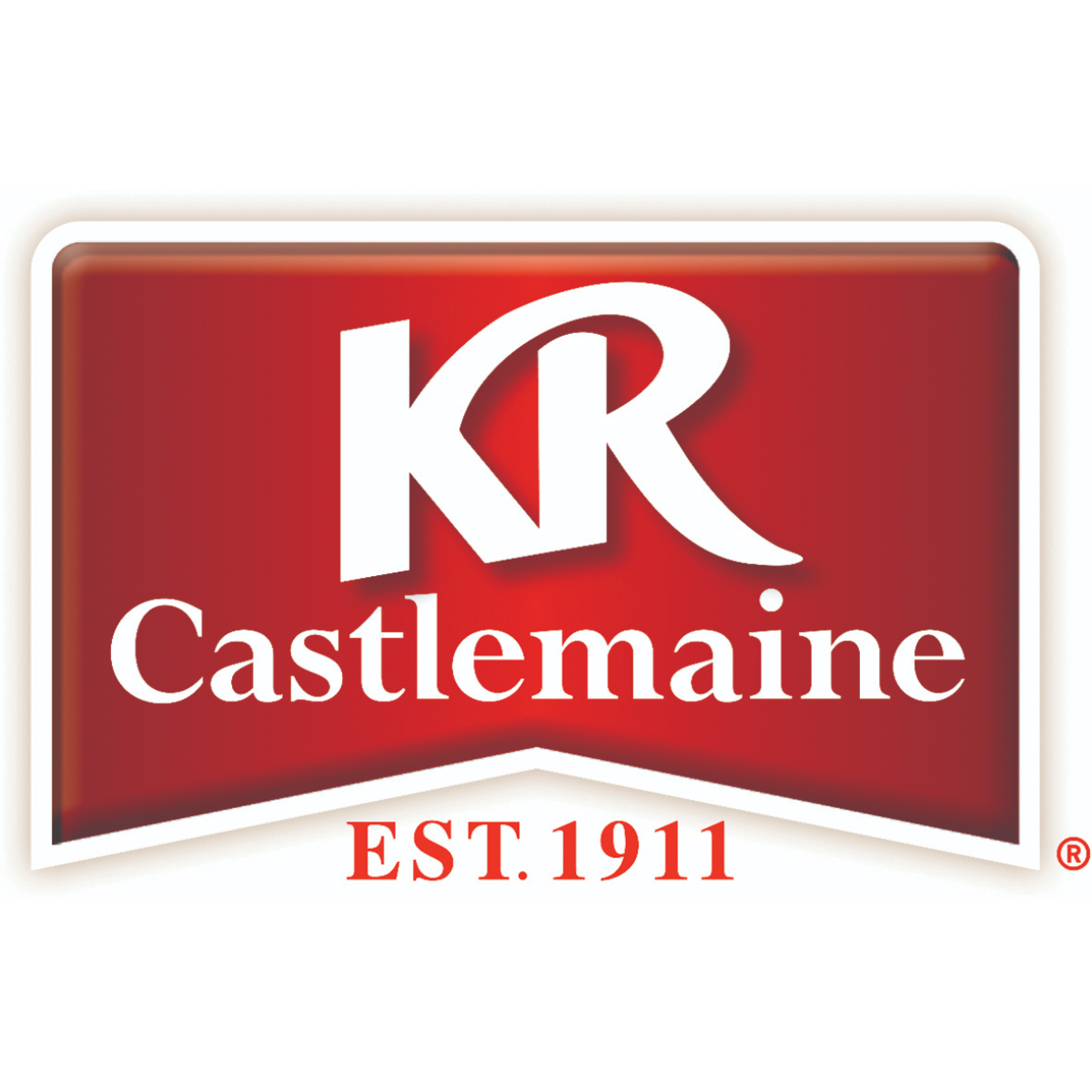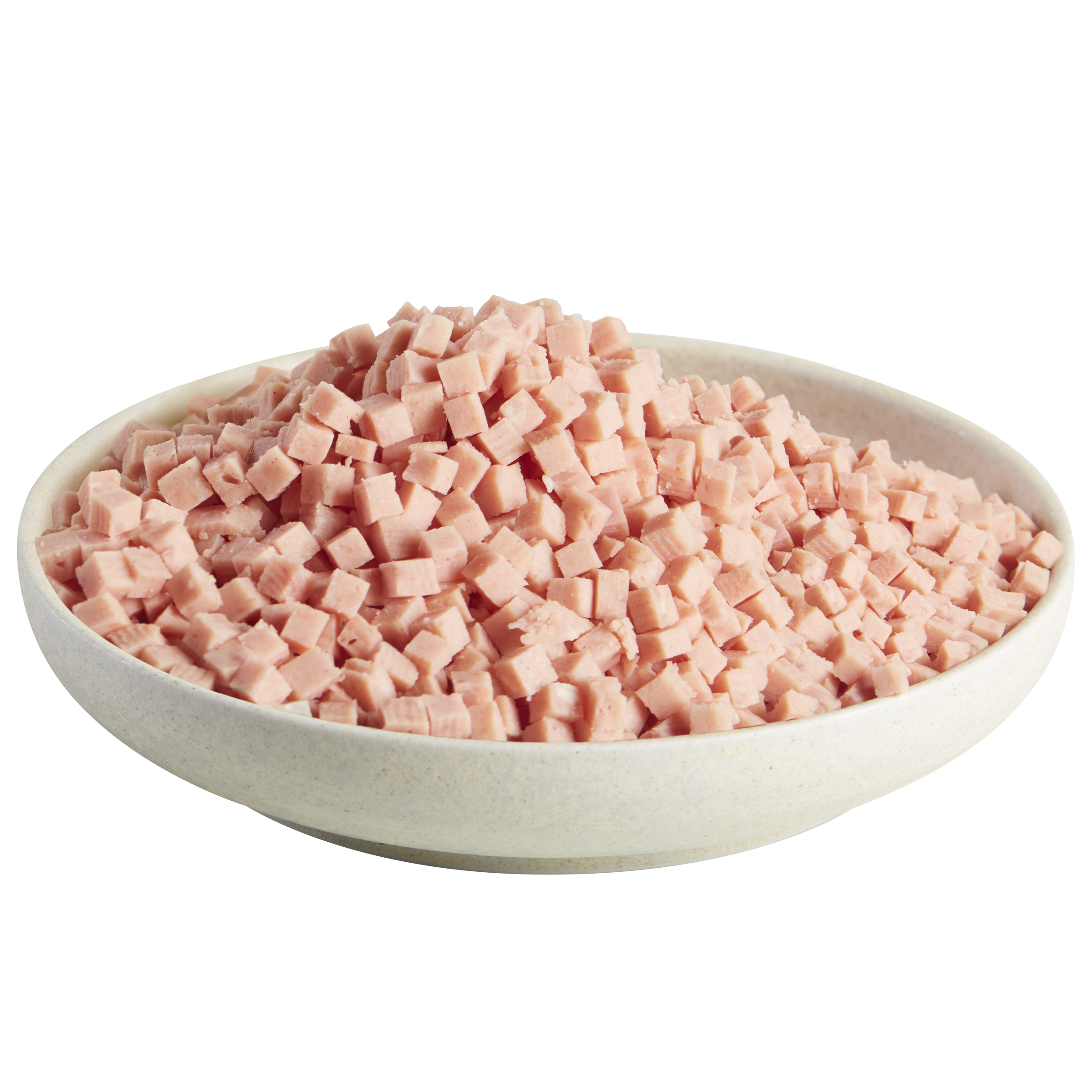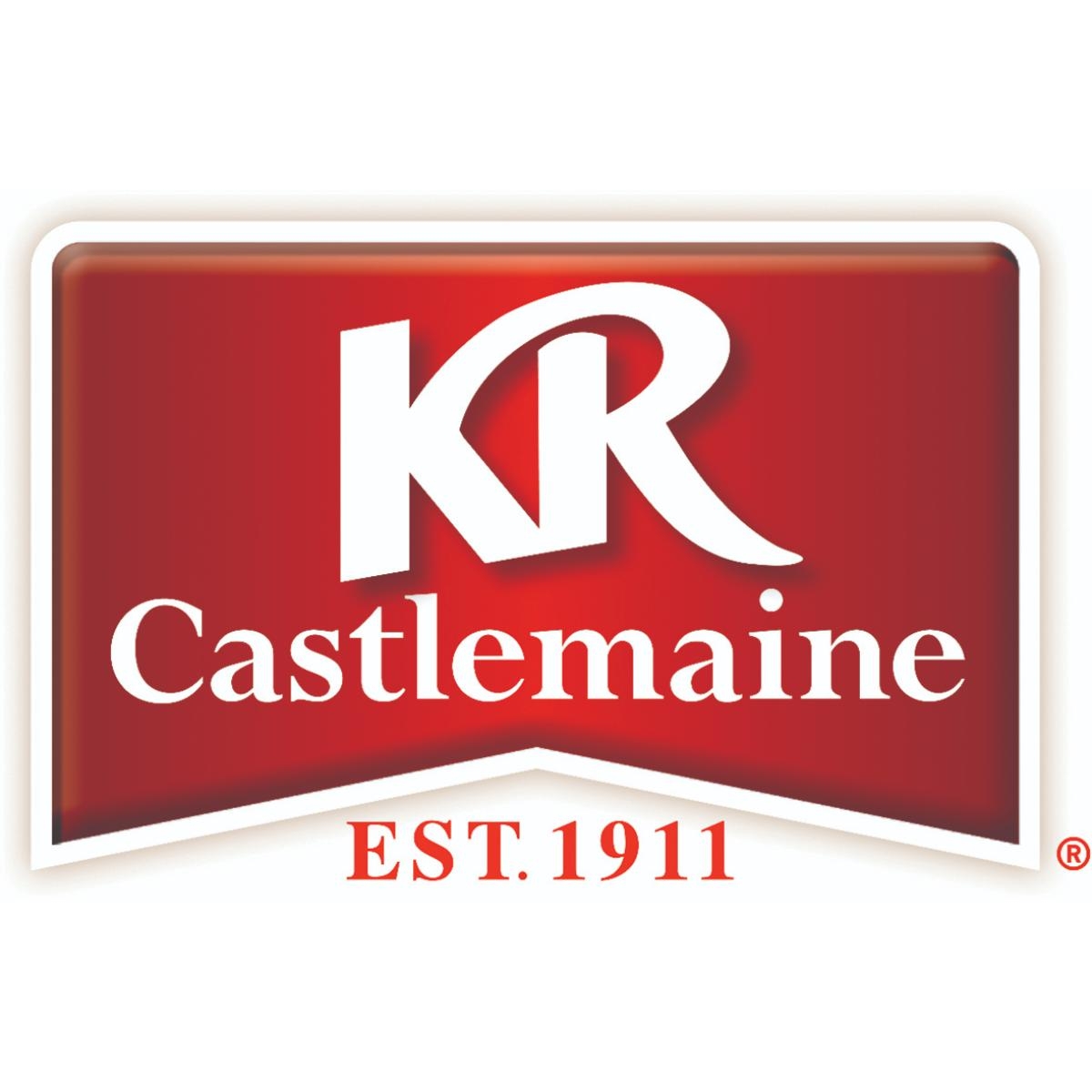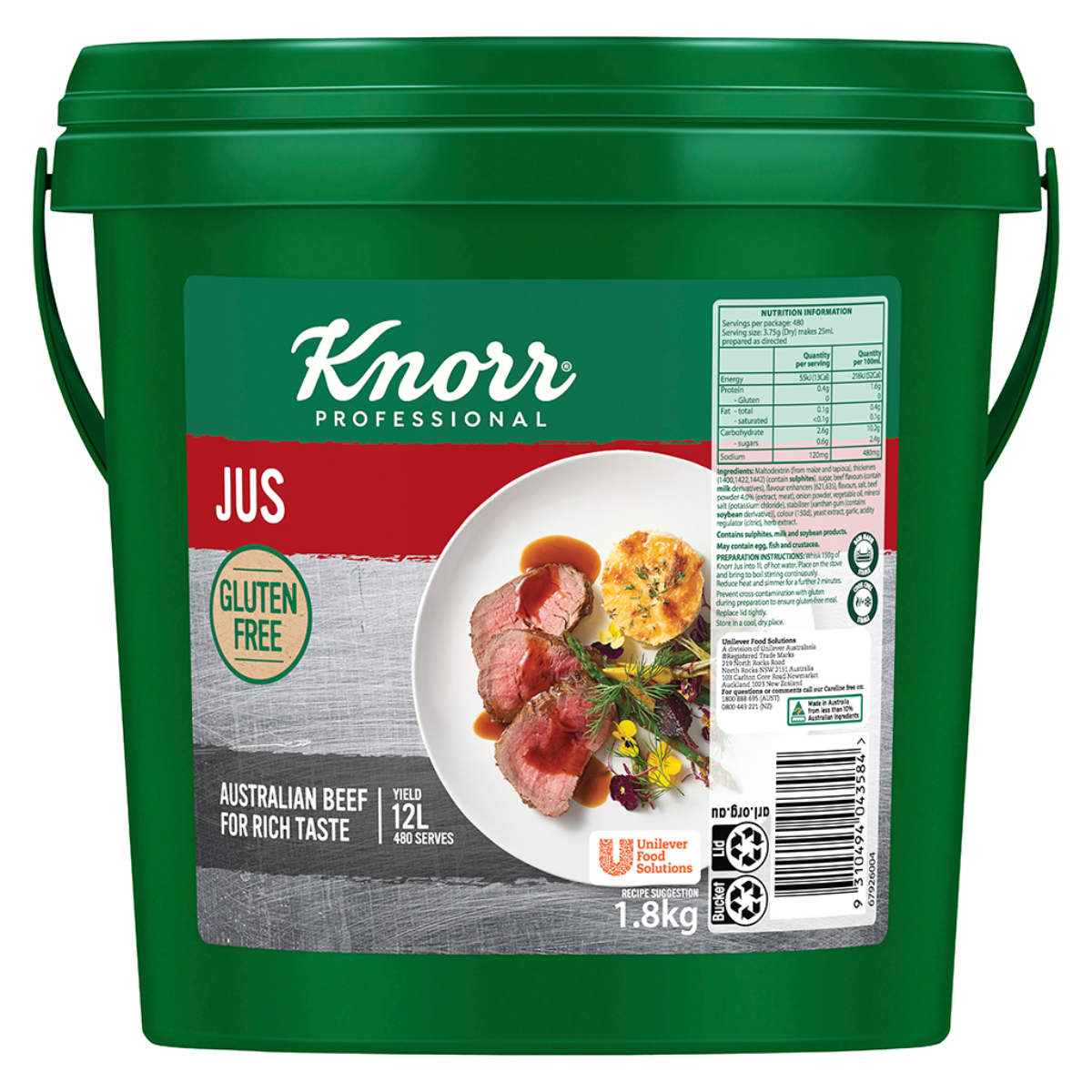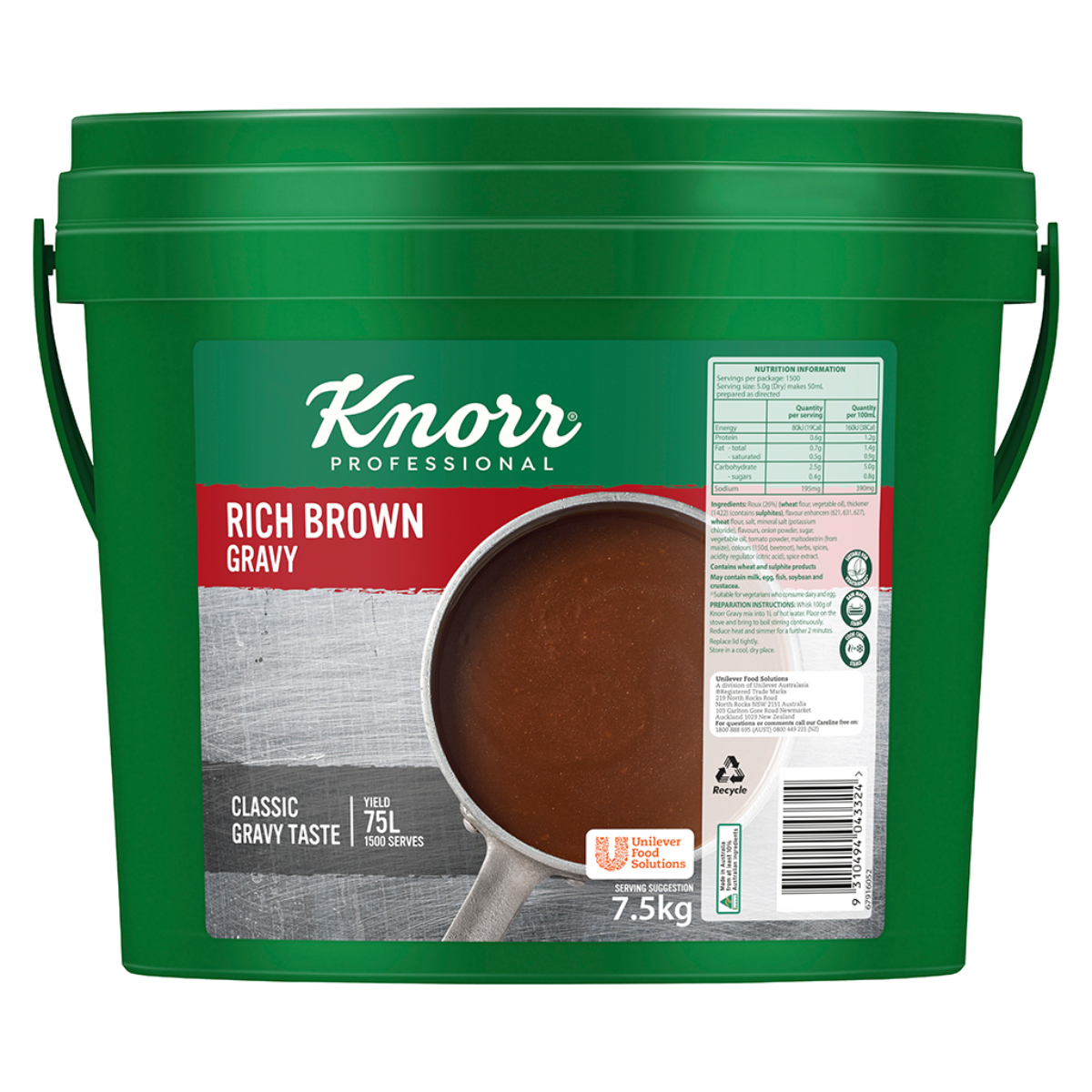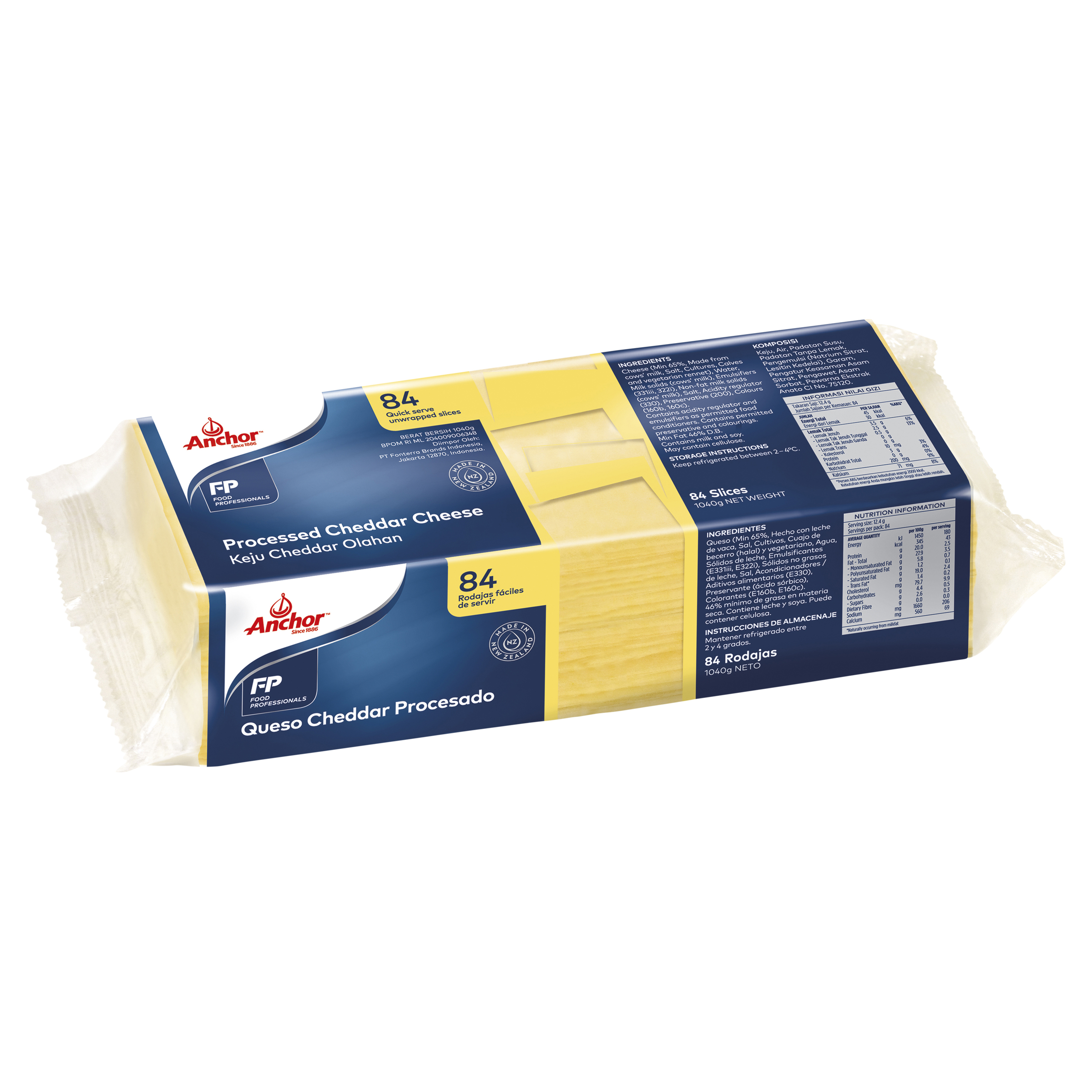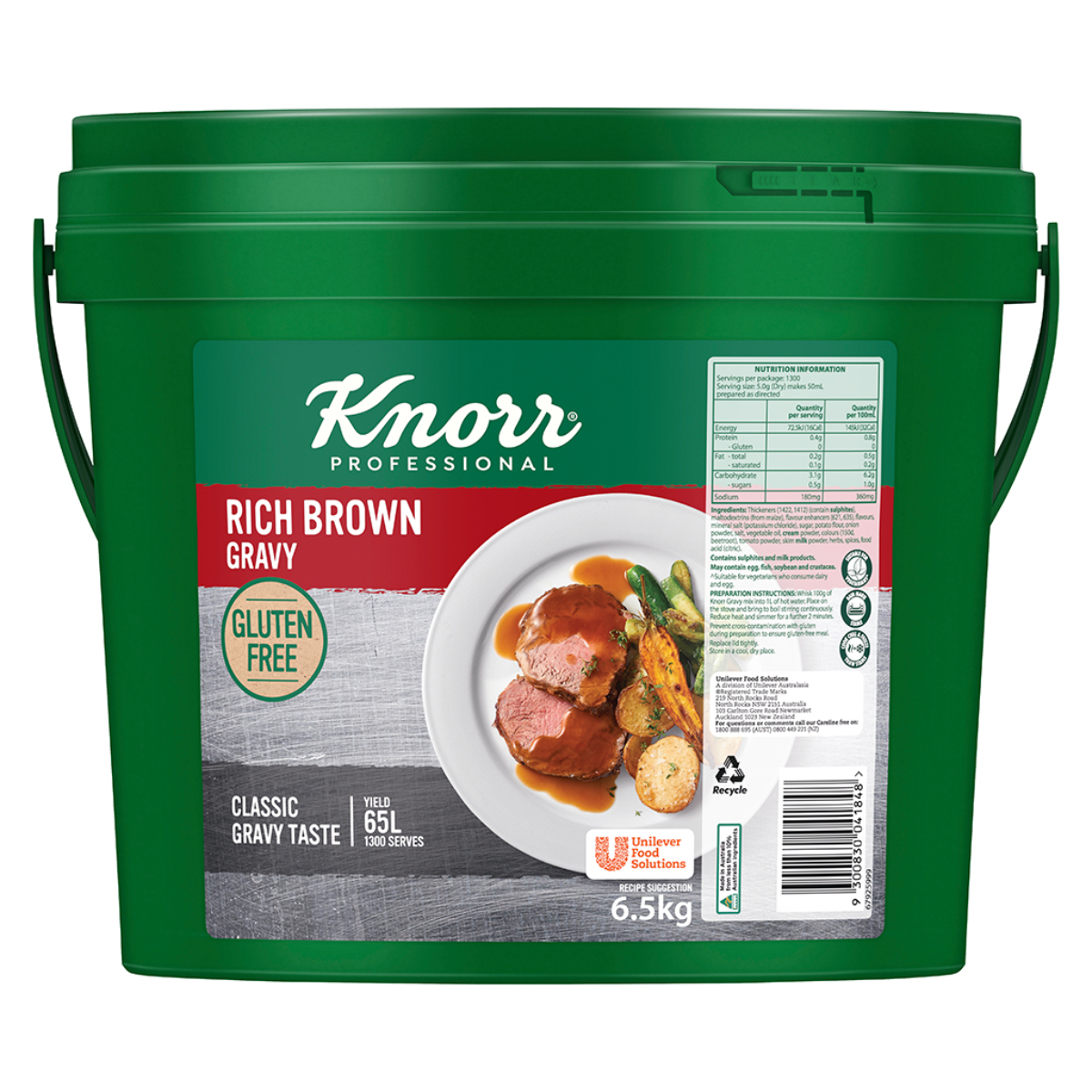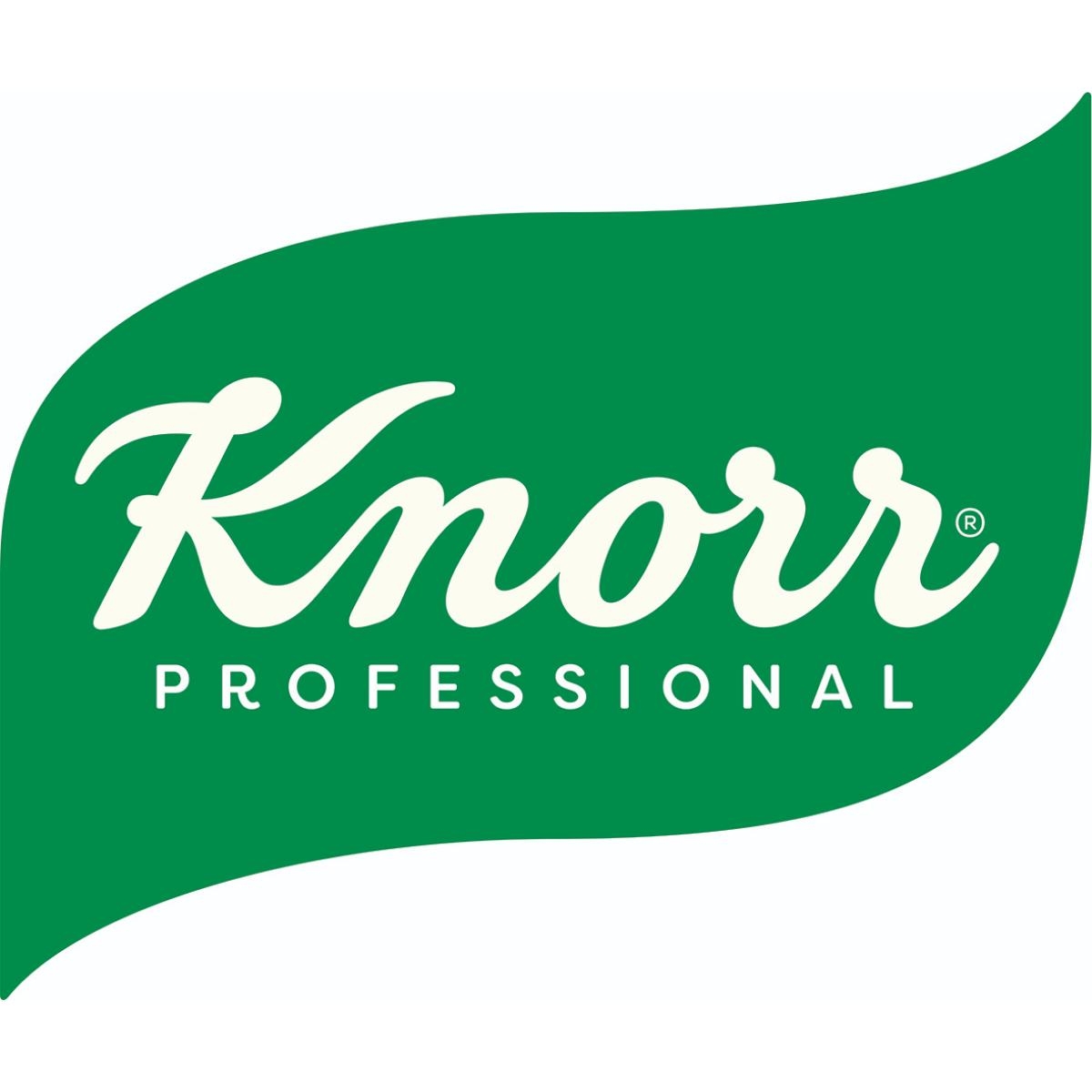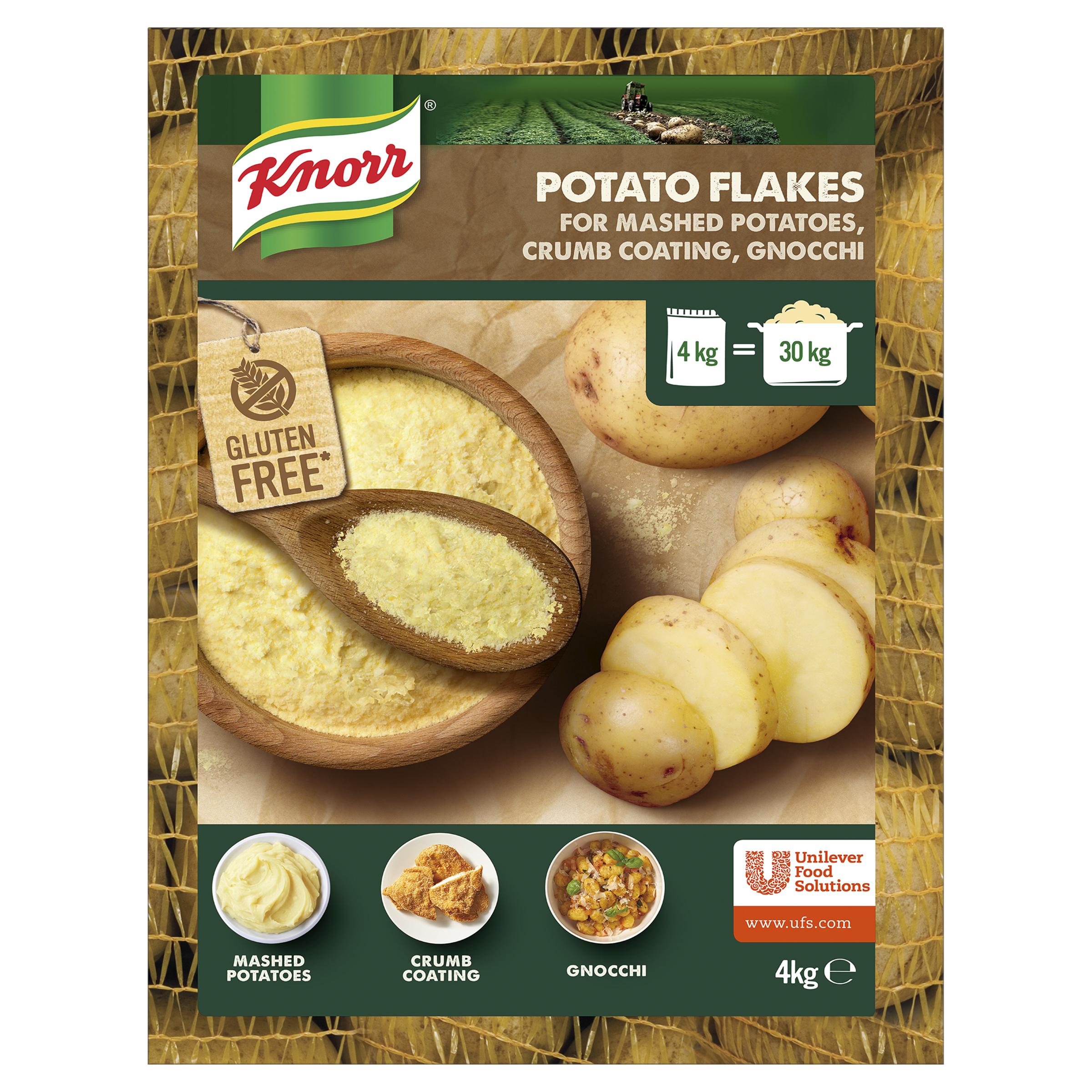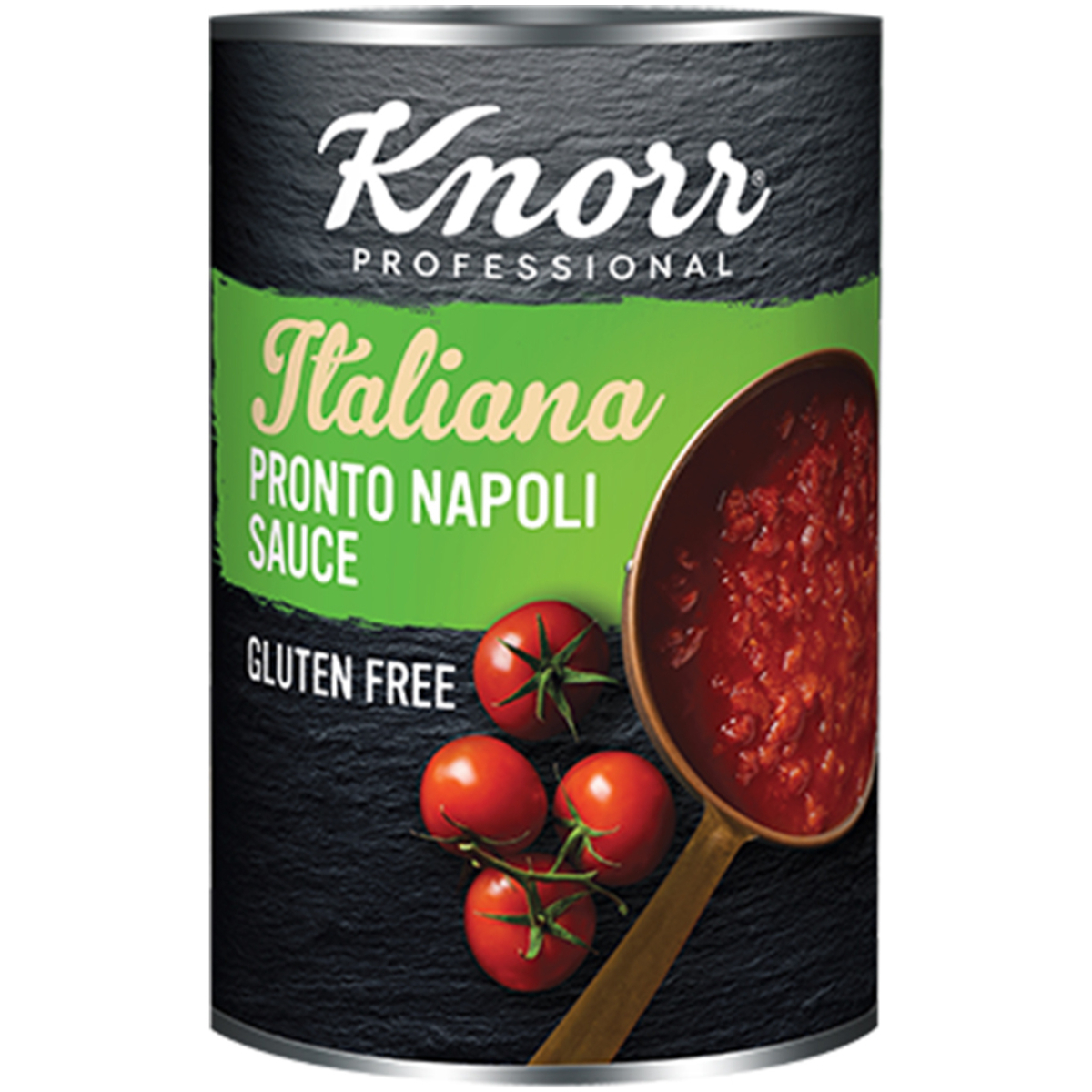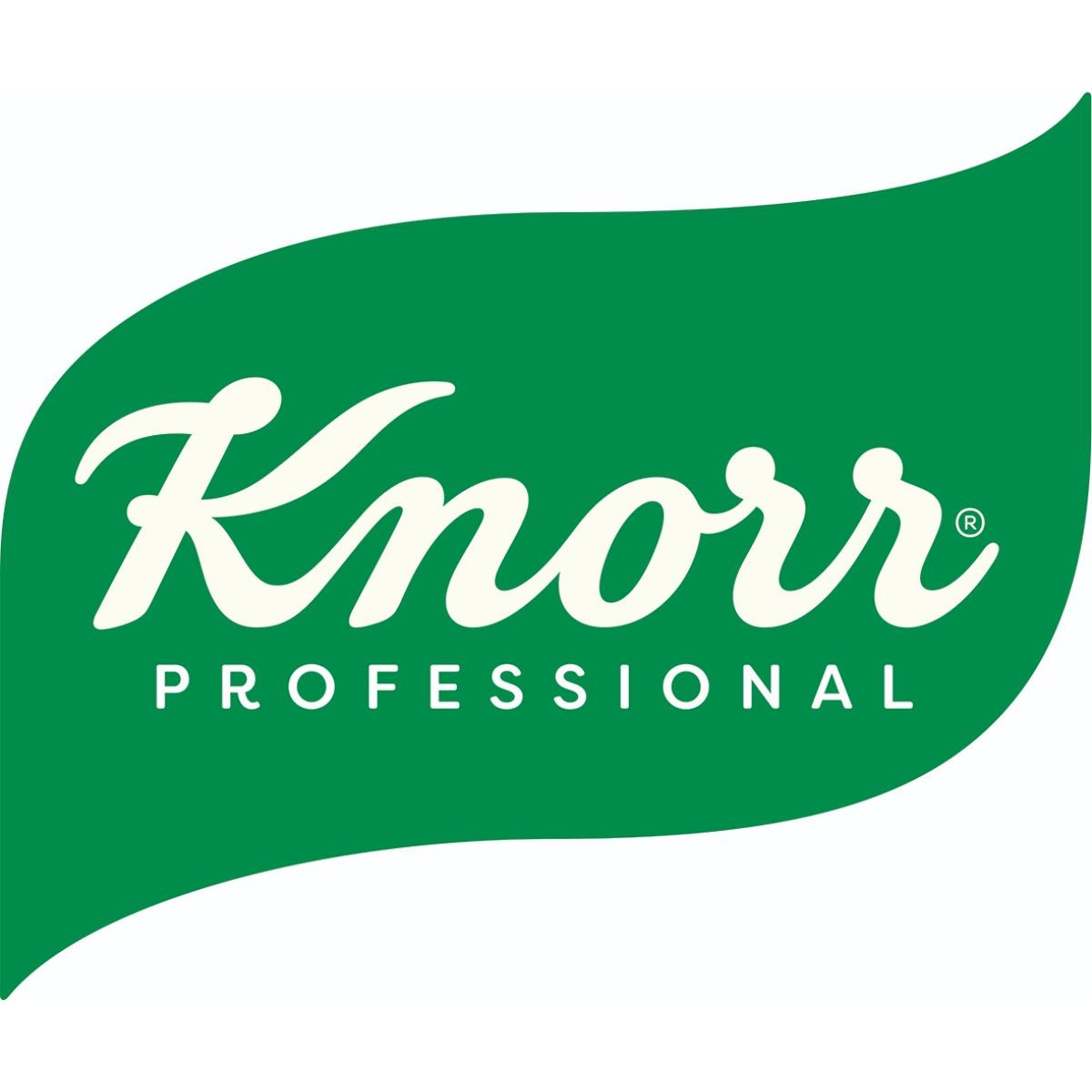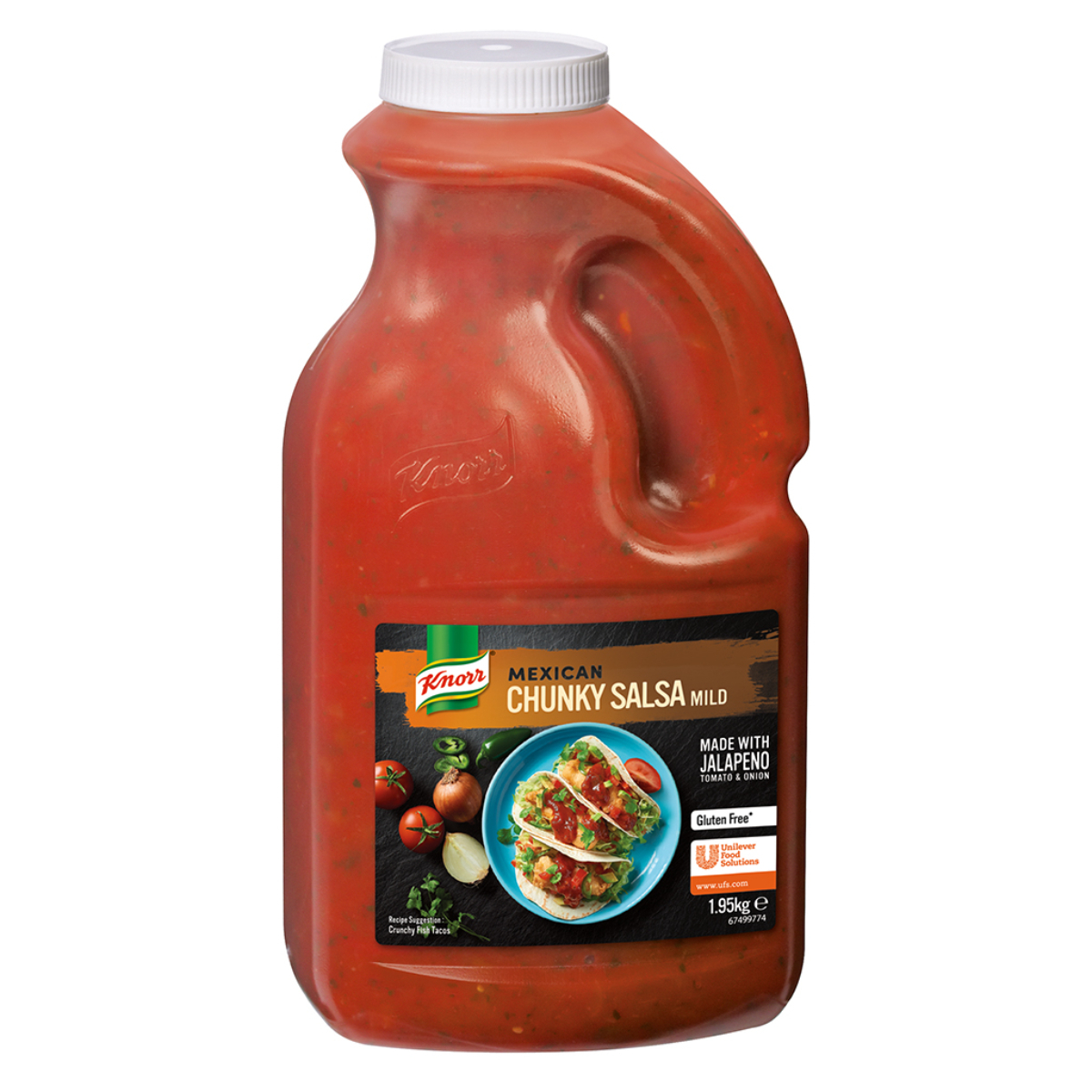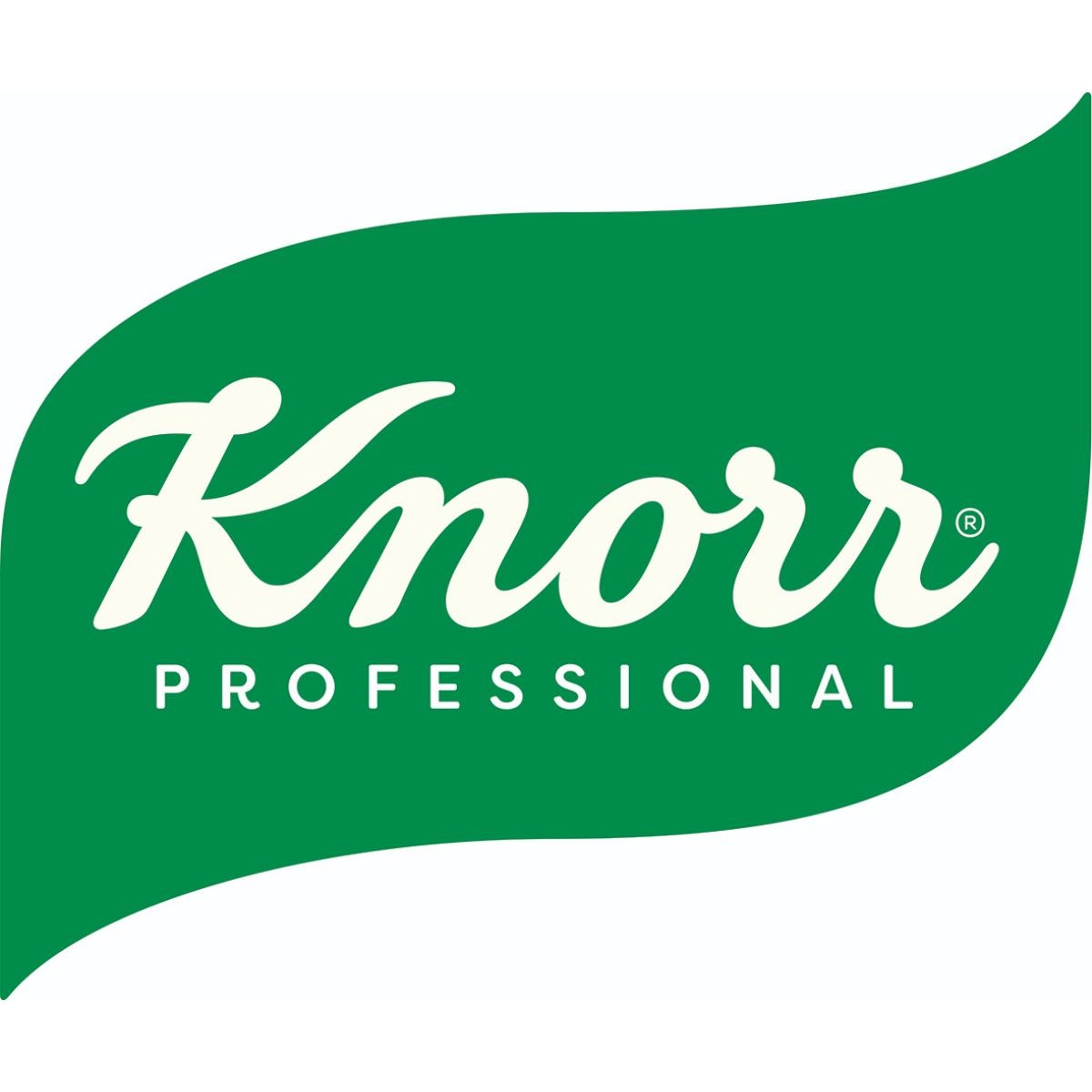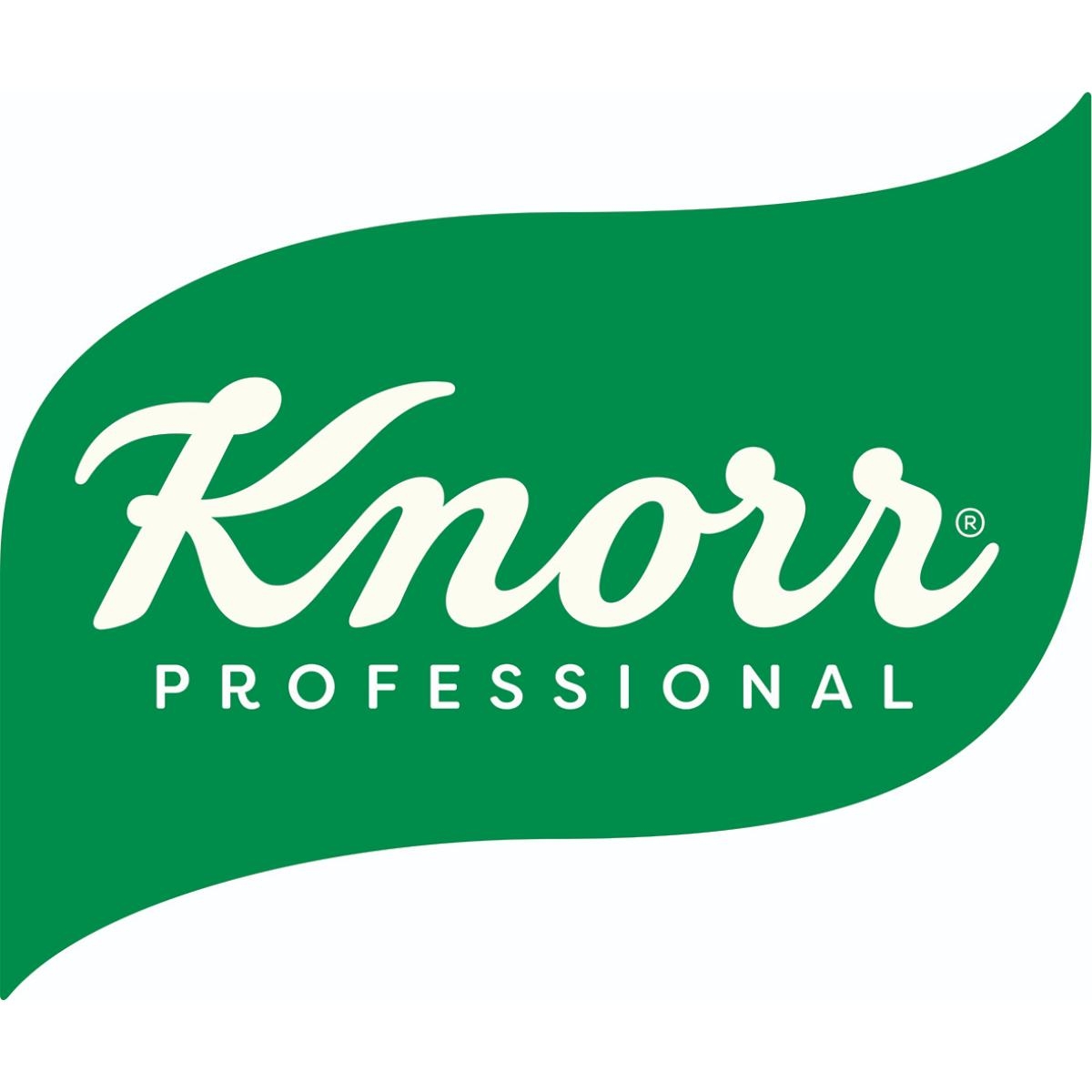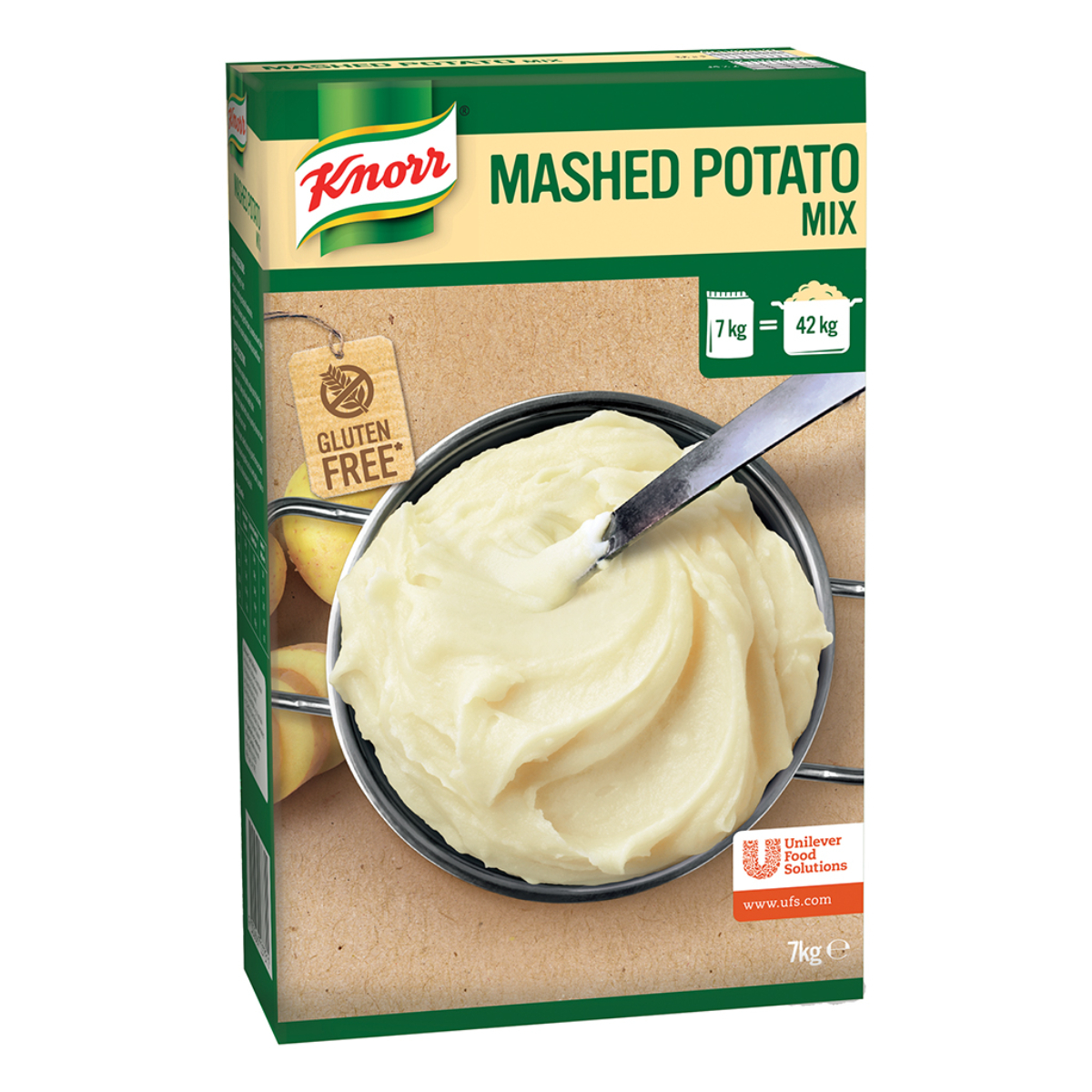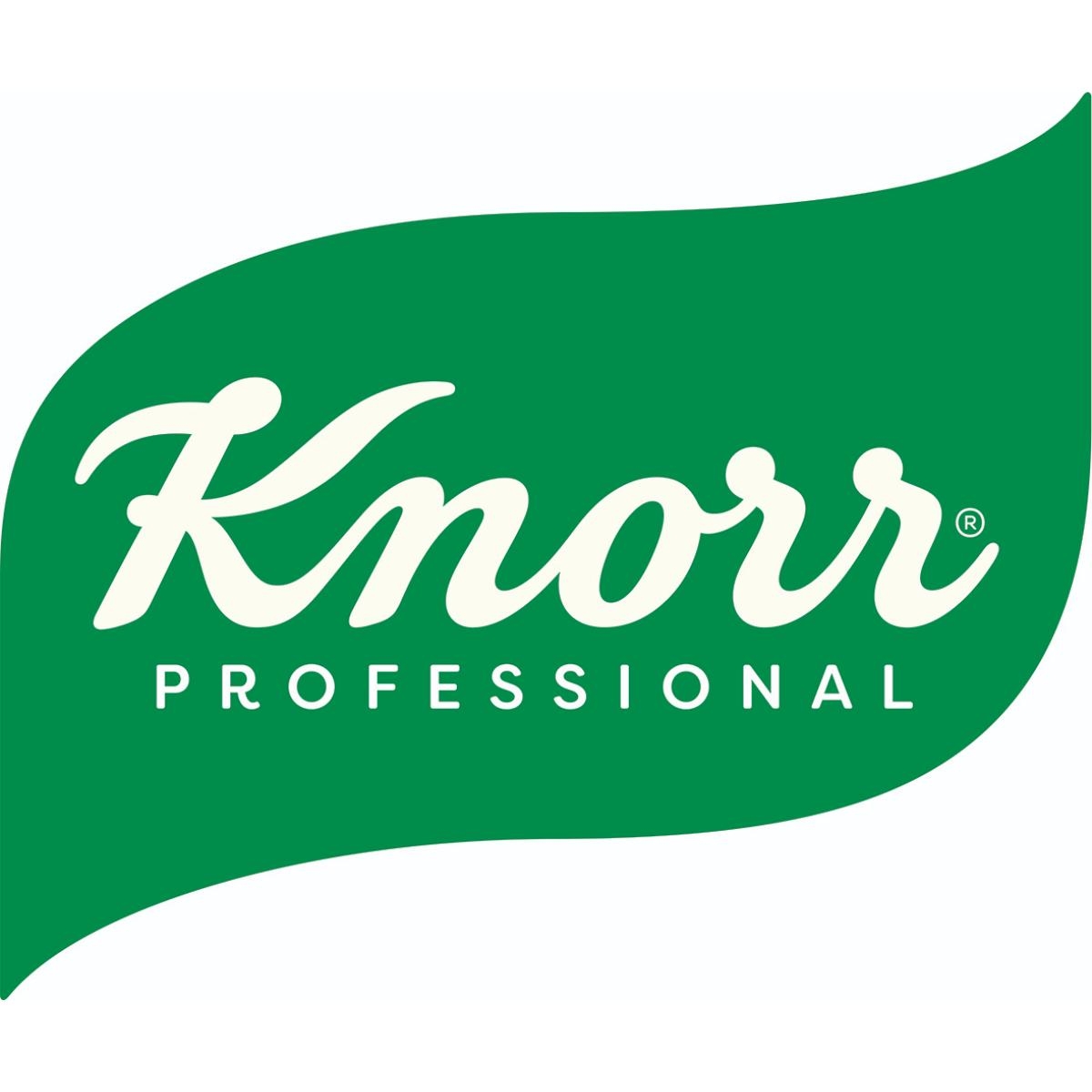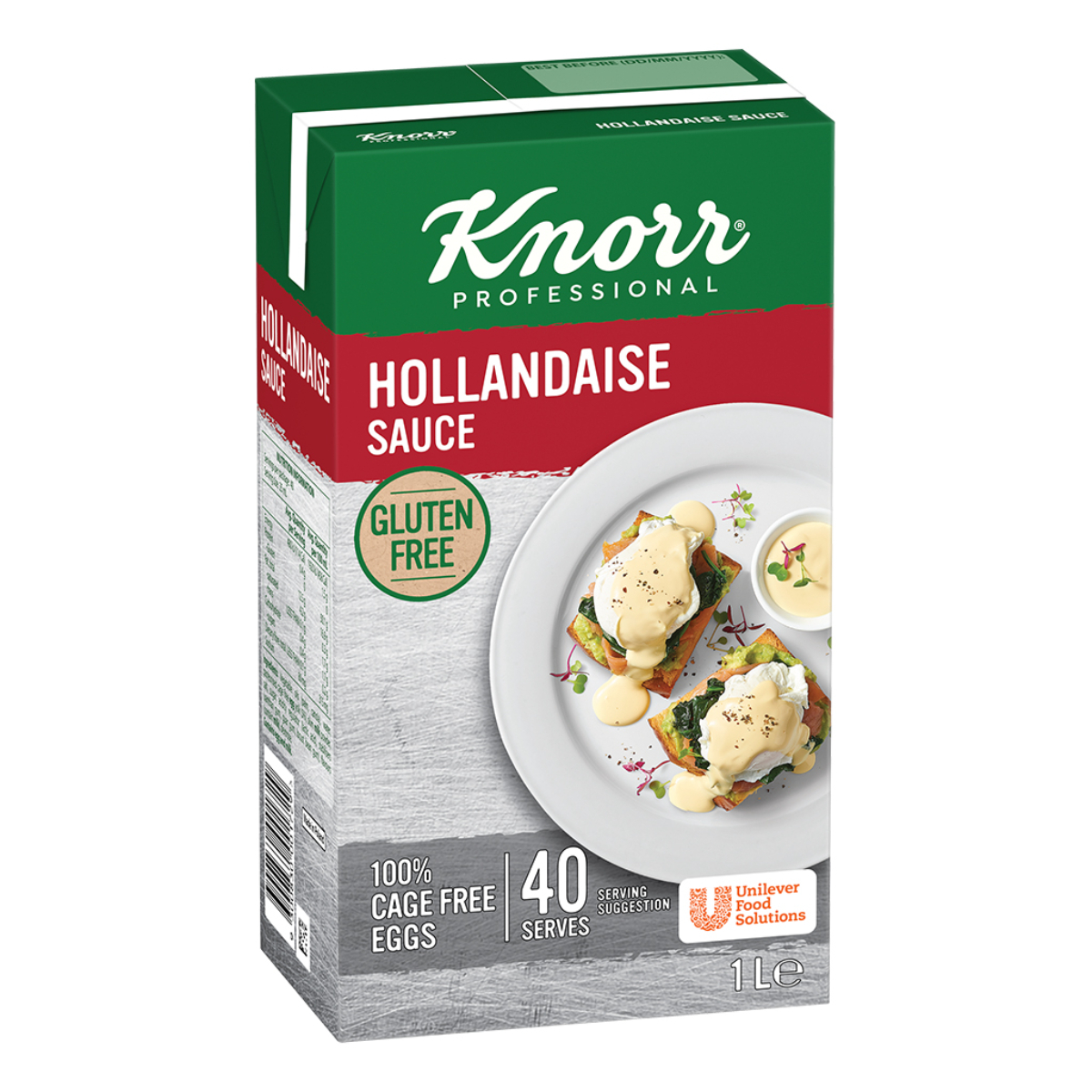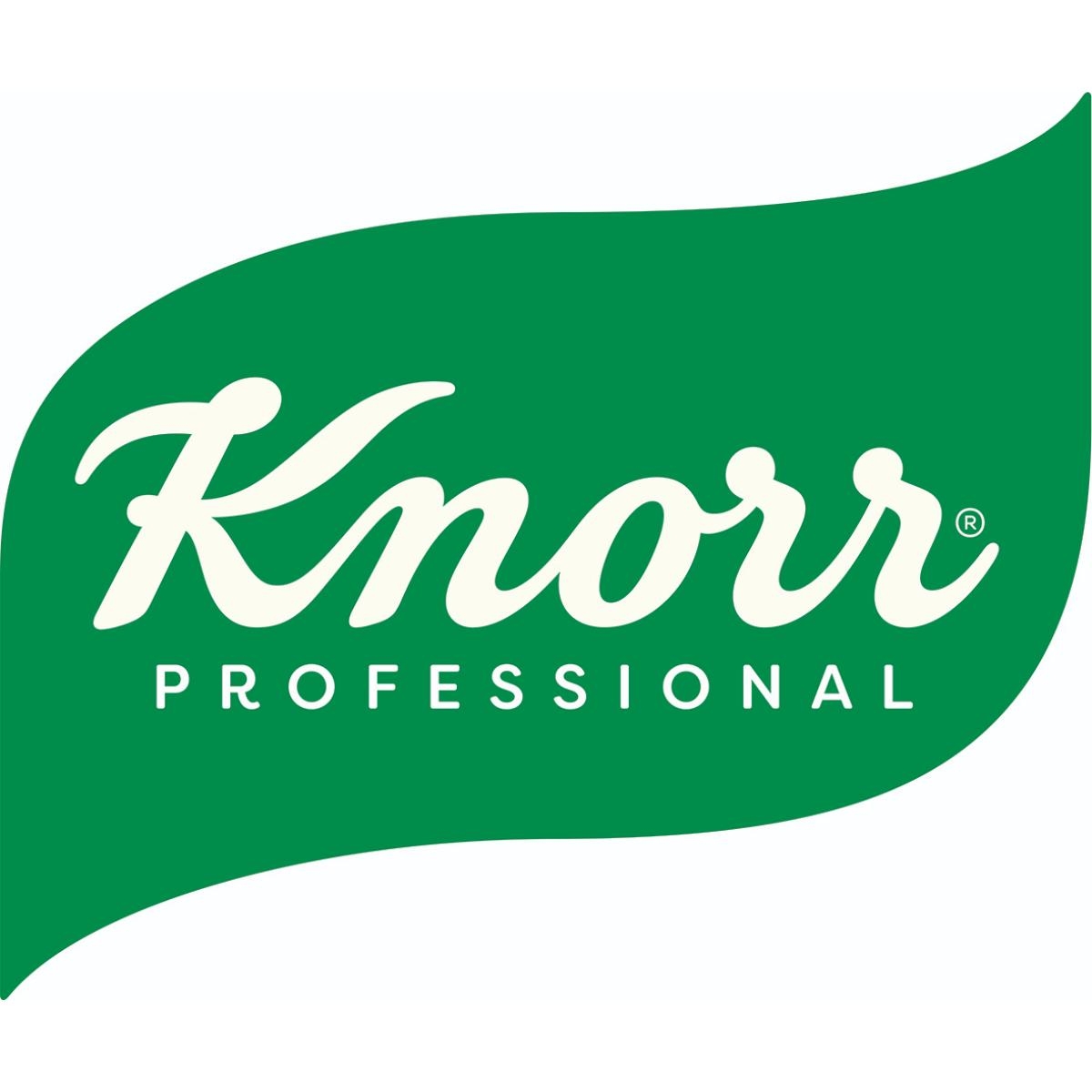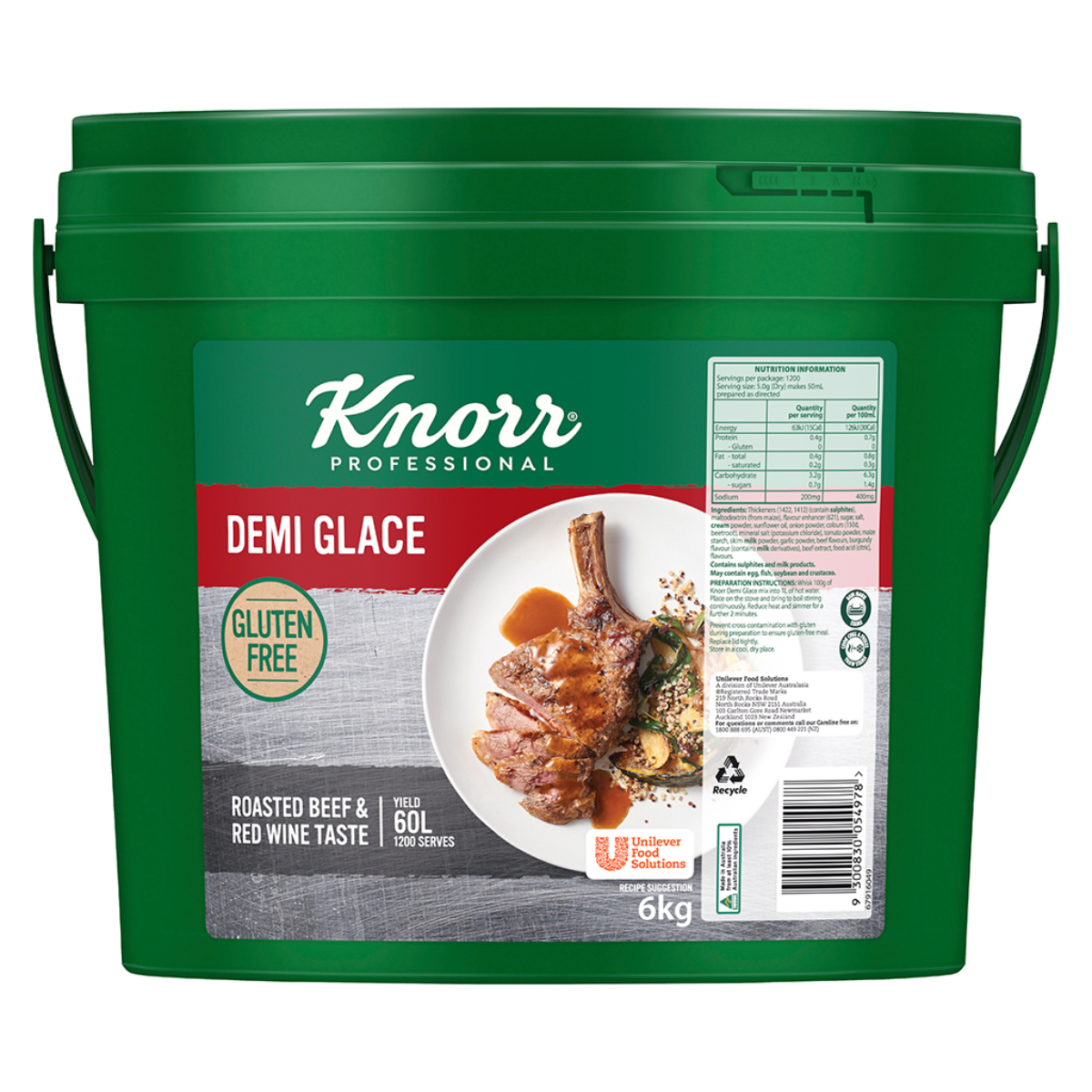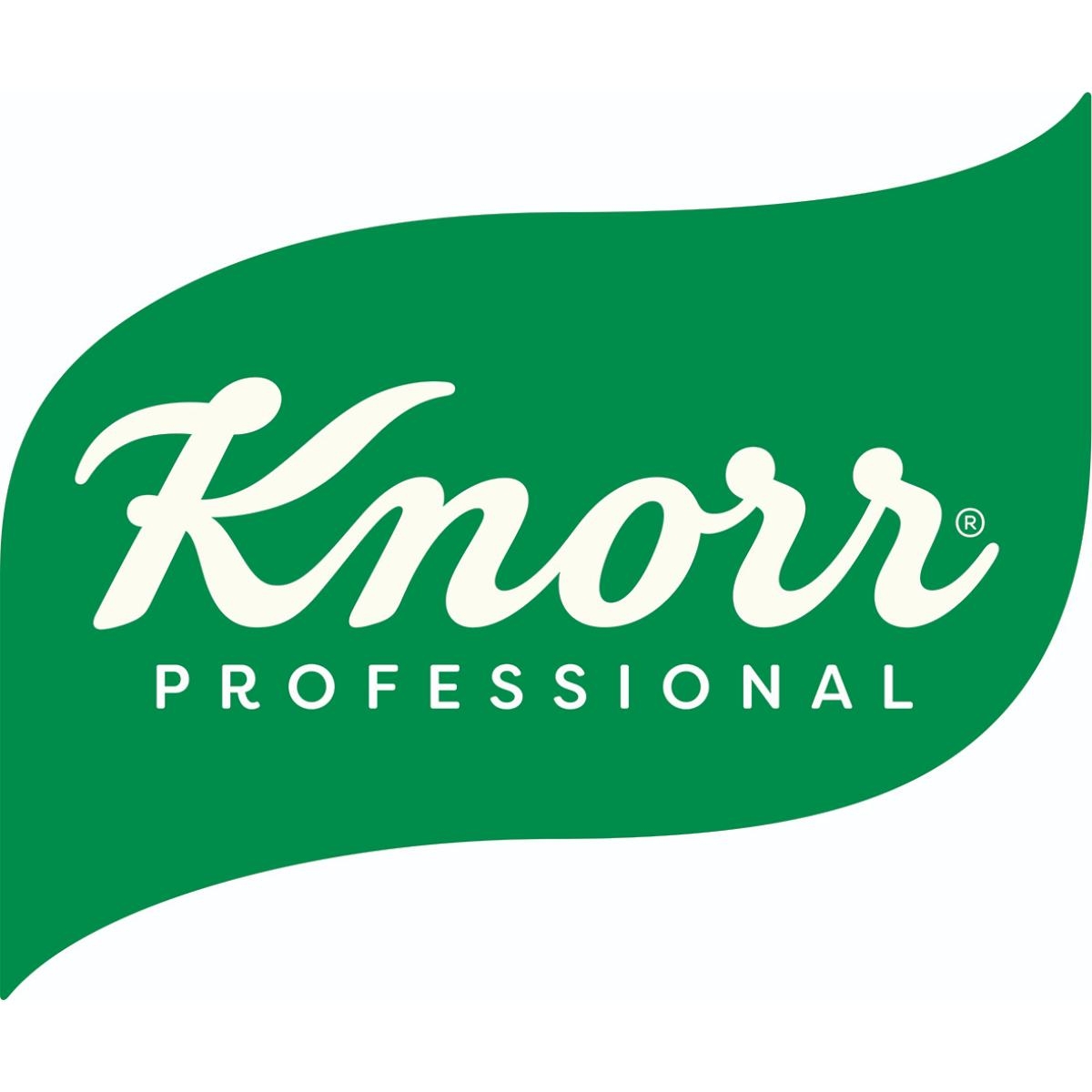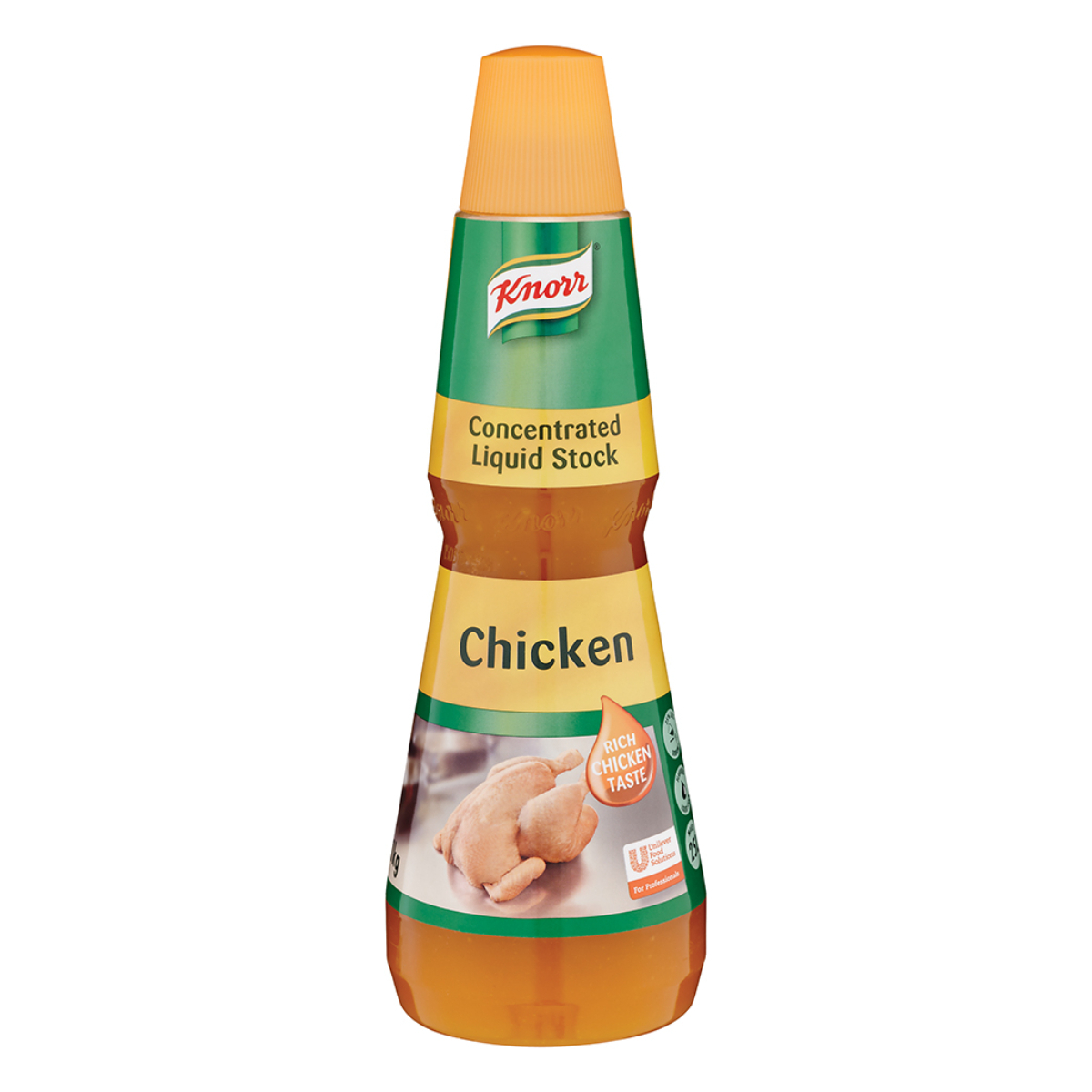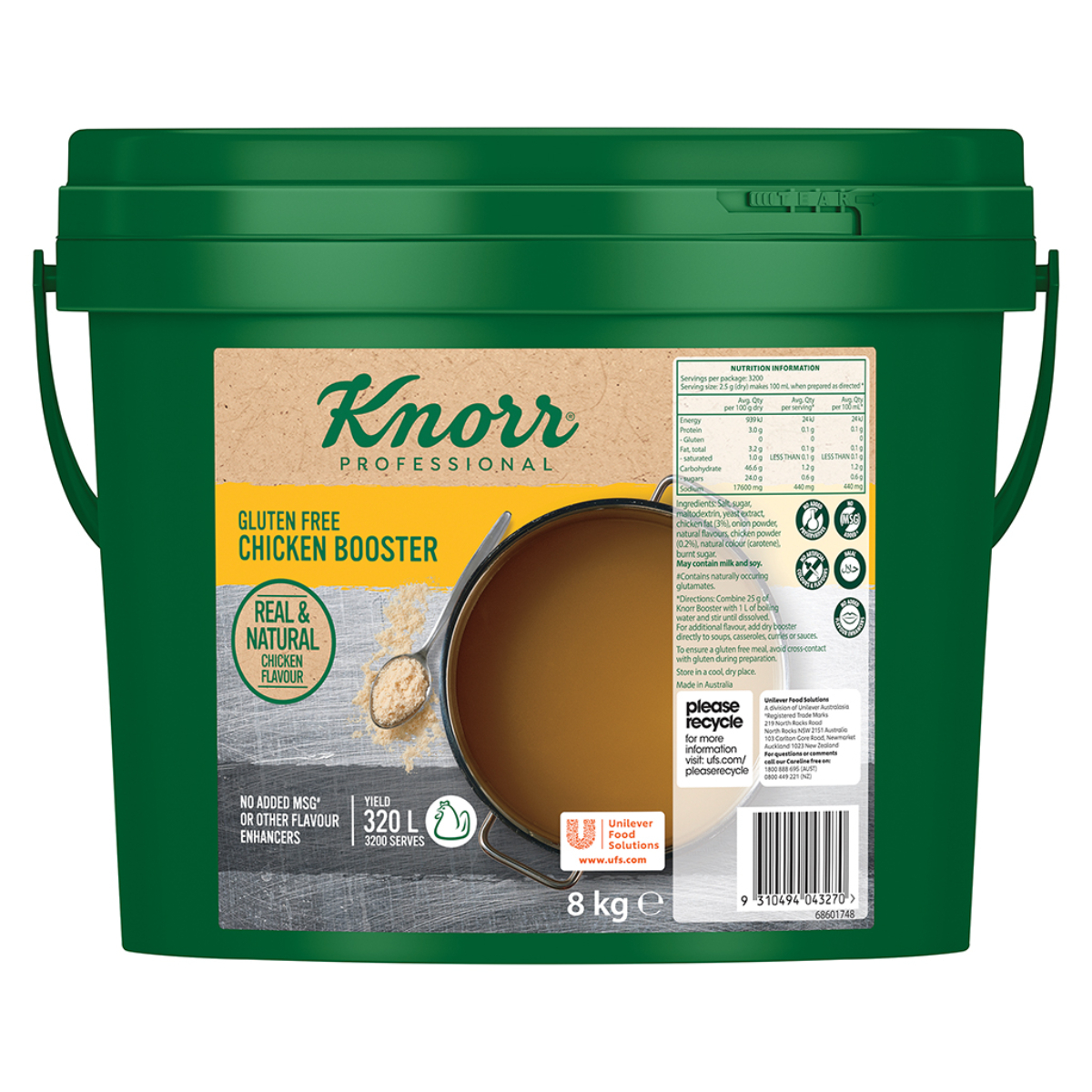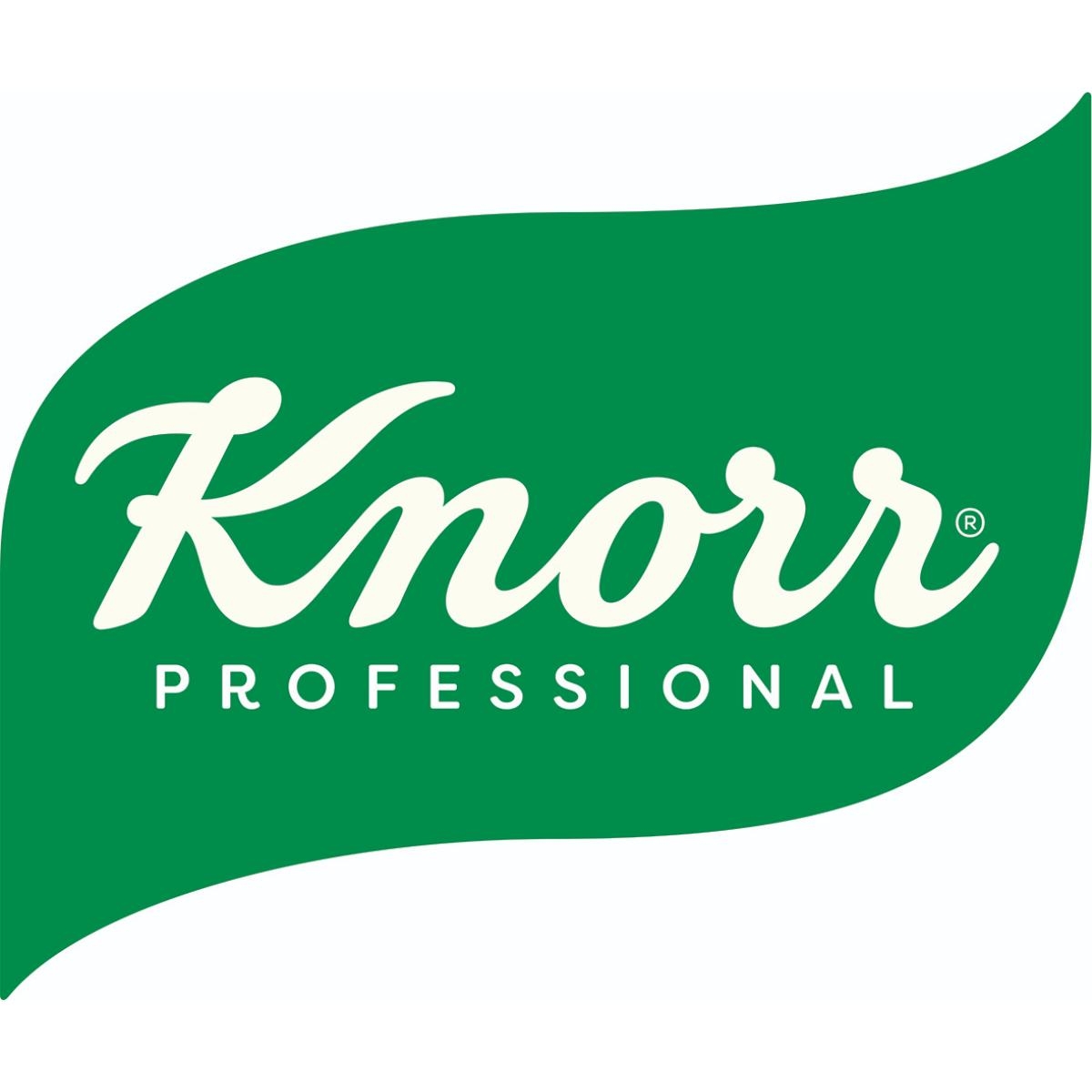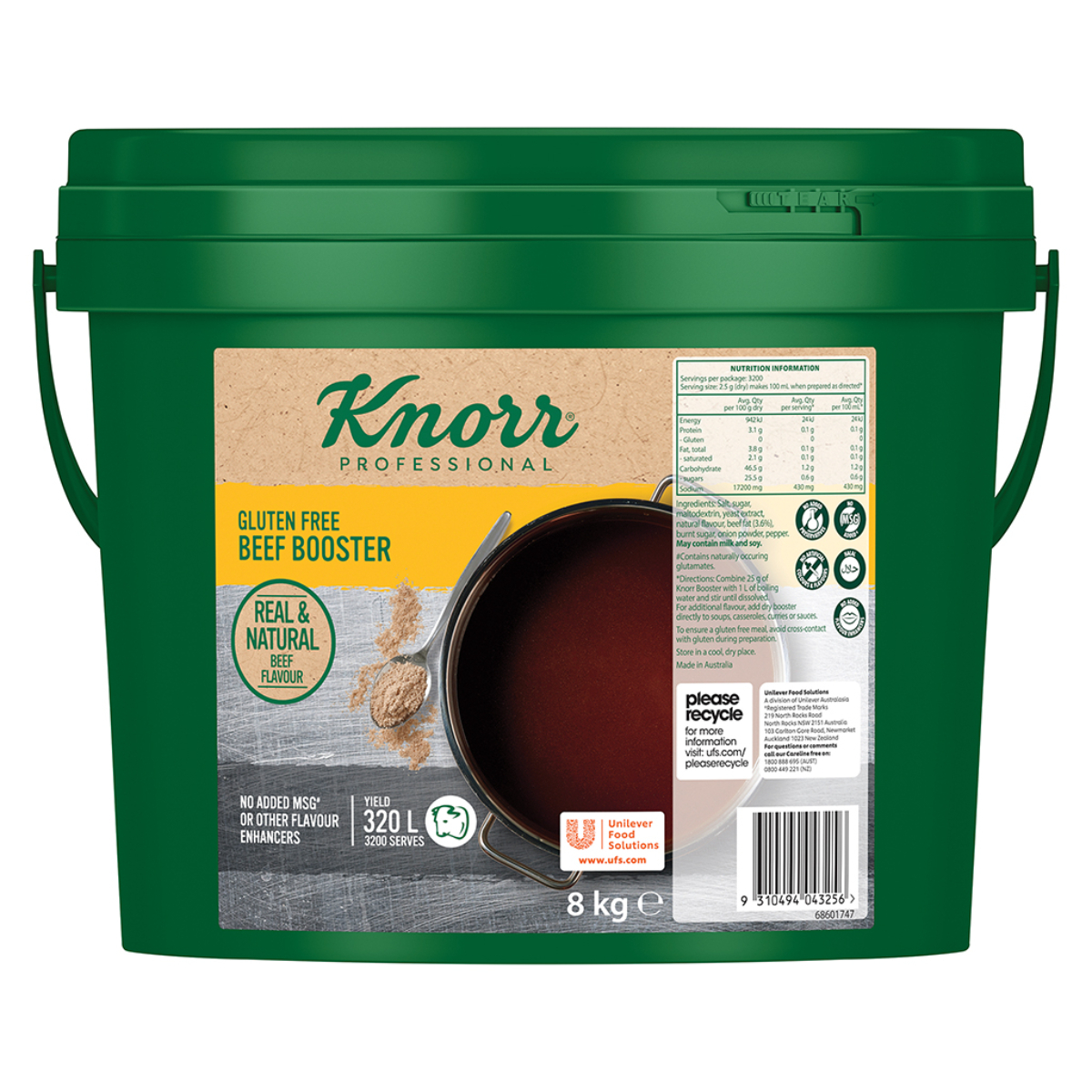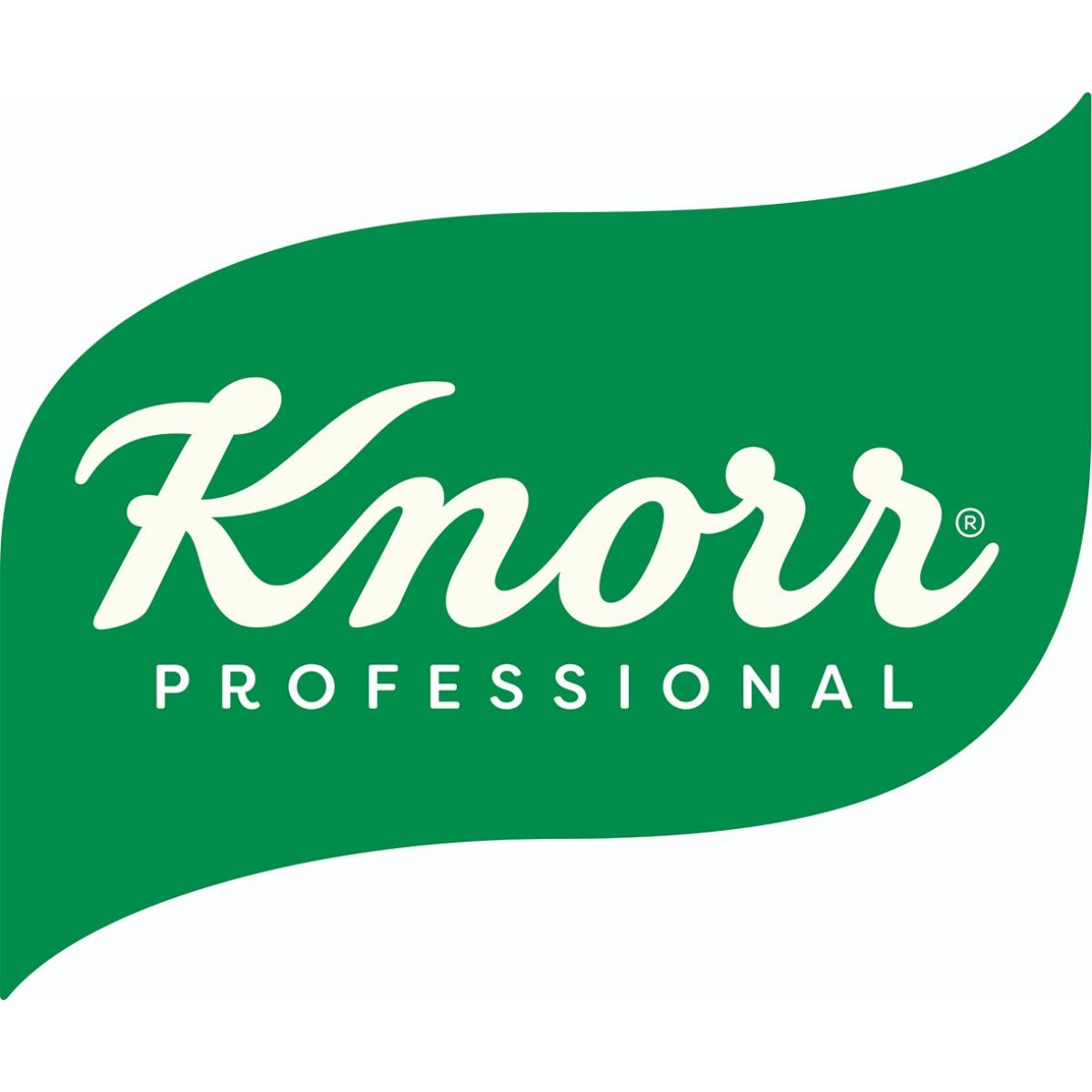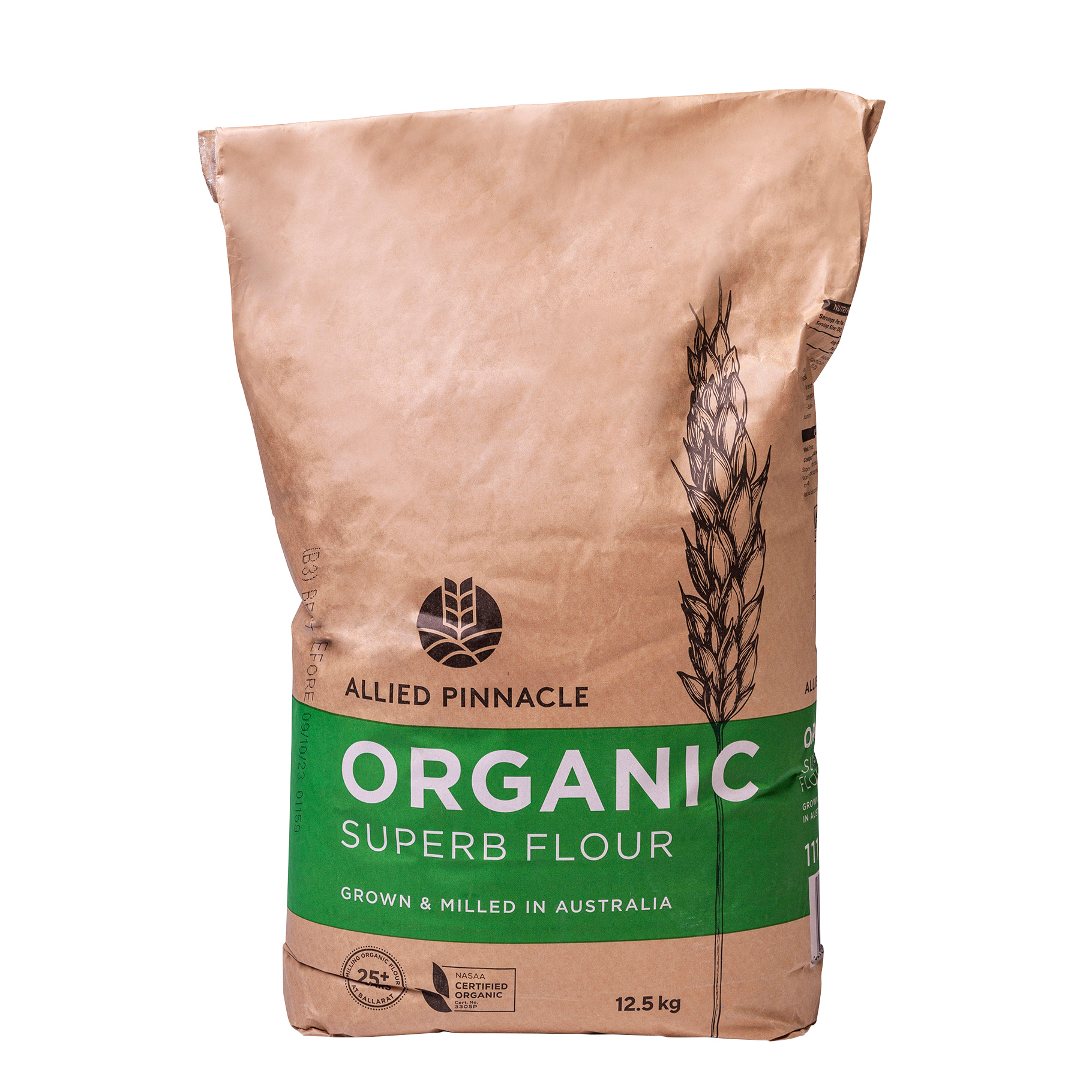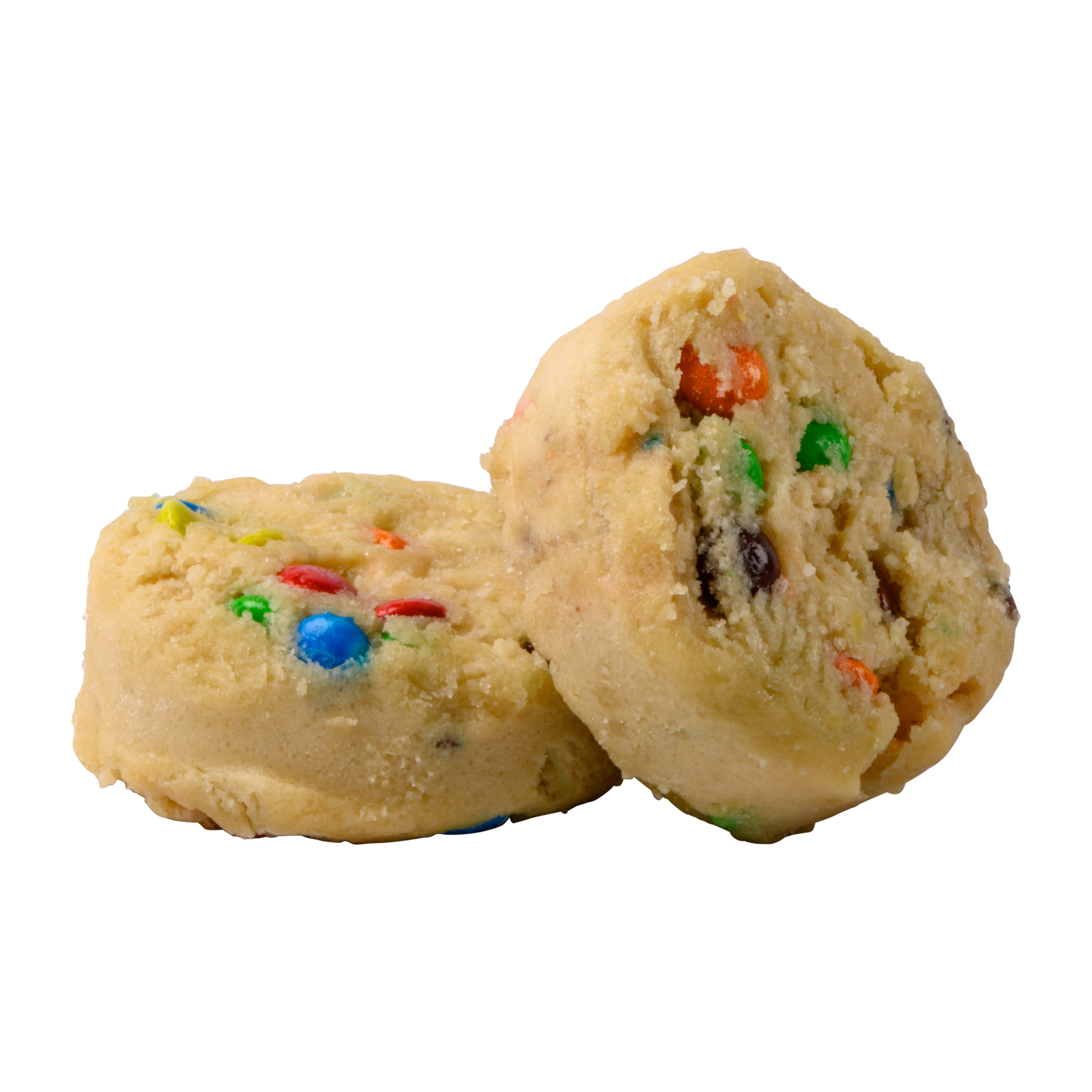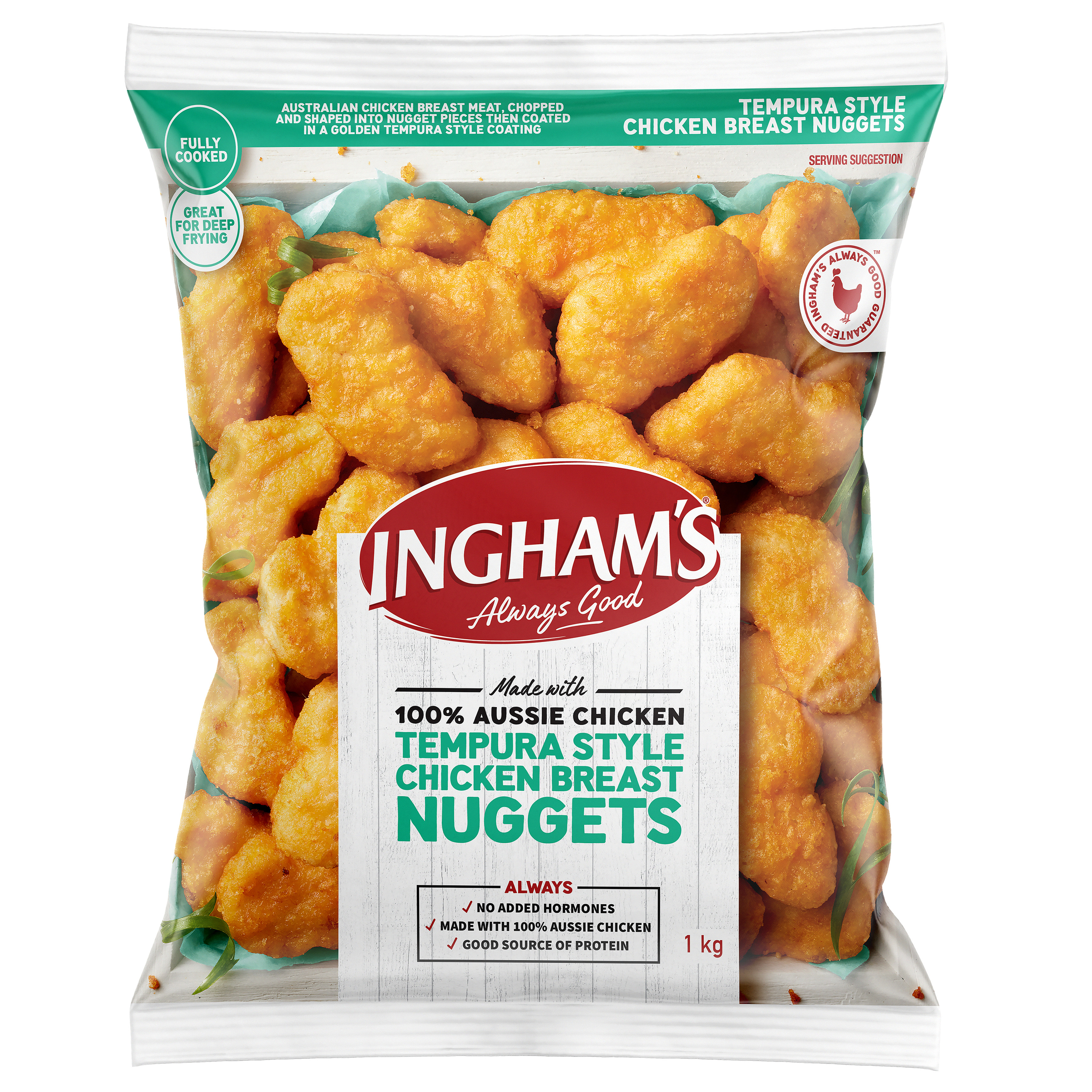This article has been provided by the team at FPA.
For those of you who don’t know, compost is organic material breaking down and being turned into soil. There are different types and methods of composting. The organic content for each varies. The outcome is great nutrient rich soil which creates a circular economy.
Three Types of Compost
- Aerobic: This is where air needs to be in the compost to then break down the organic materials. You need to turn the compost every few days to circulate the air inside it and make sure it has a healthy amount of moisture in it. This is where the tumbler style composter comes in handy.
- Anaerobic: As you have probably guessed, this is compost with no oxygen present. This compost takes barely any effort to maintain. You just chuck all your compost, food scraps and organic waste into the composter and leave it for a year or more. Because there is no oxygen, this creates an environment where the bacteria takes over and makes a nasty stinky odour (hold your nose!).
- Vermicompost: This type of compost uses worms, moisture and oxygen to break down organic material. The worms do most of the work but the bacteria help too! There’s not a huge amount of effort in taking care of a vermicomposter, it doesn’t get too smelly, produces none to very limited amount of bad bacteria and requires a little amount of time per week to maintain.
Home Vs Industrial
Home composting is where you dispose of food, fruit and veg scraps, grass clippings, home compostable products and leaves to produce a nutrient rich soil. The composting occurs over a few months. The composting process is not exact and is not suitable for industrial compostable items as the conditions, temperature, moisture etc. is not regulated. There are limitations to home composting, for example, meats and bones cannot go in home compost. It either won’t break down or it will attract vermin.
Industrial composting is a large scale process that is heavily monitored by professionals. This compost has fewer restrictions as to what is allowed to go in it. This compost type will be able to compost bioplastics, and a larger amount of products & organics, where home compost will not. Industrial composters have the ability to shred materials down to the same size, can adjust and monitor the temperature, oxygen levels, and the quality of the compost.
For those of you who don’t know, compost is organic material breaking down and being turned into soil. There are different types and methods of composting. The organic content for each varies. The outcome is great nutrient rich soil which creates a circular economy.
Making a Compost
Check out our experience with making compost by clicking here.
Australian Compost Certification
The ABA is the Australasian Bioplastics Association. The ABA has been a leader in the Australian and New Zealand bioplastics industry. The ABA has two logo’s which identify if a material is suitable for a home or industrial compost system.
International Compost Certification
Many products are certified to International or European standards over Australian ones due to the size markets they will be sold to.
Paper can compost, right?
Something that isn’t outlined anywhere but is generally common or assumed knowledge; paper is compostable! It can be shredded, a napkin or a plate. The tricky thing to remember is you have to be mindful of glue, inks and lining types (It can be harmful to the compost and these components won’t break down).

